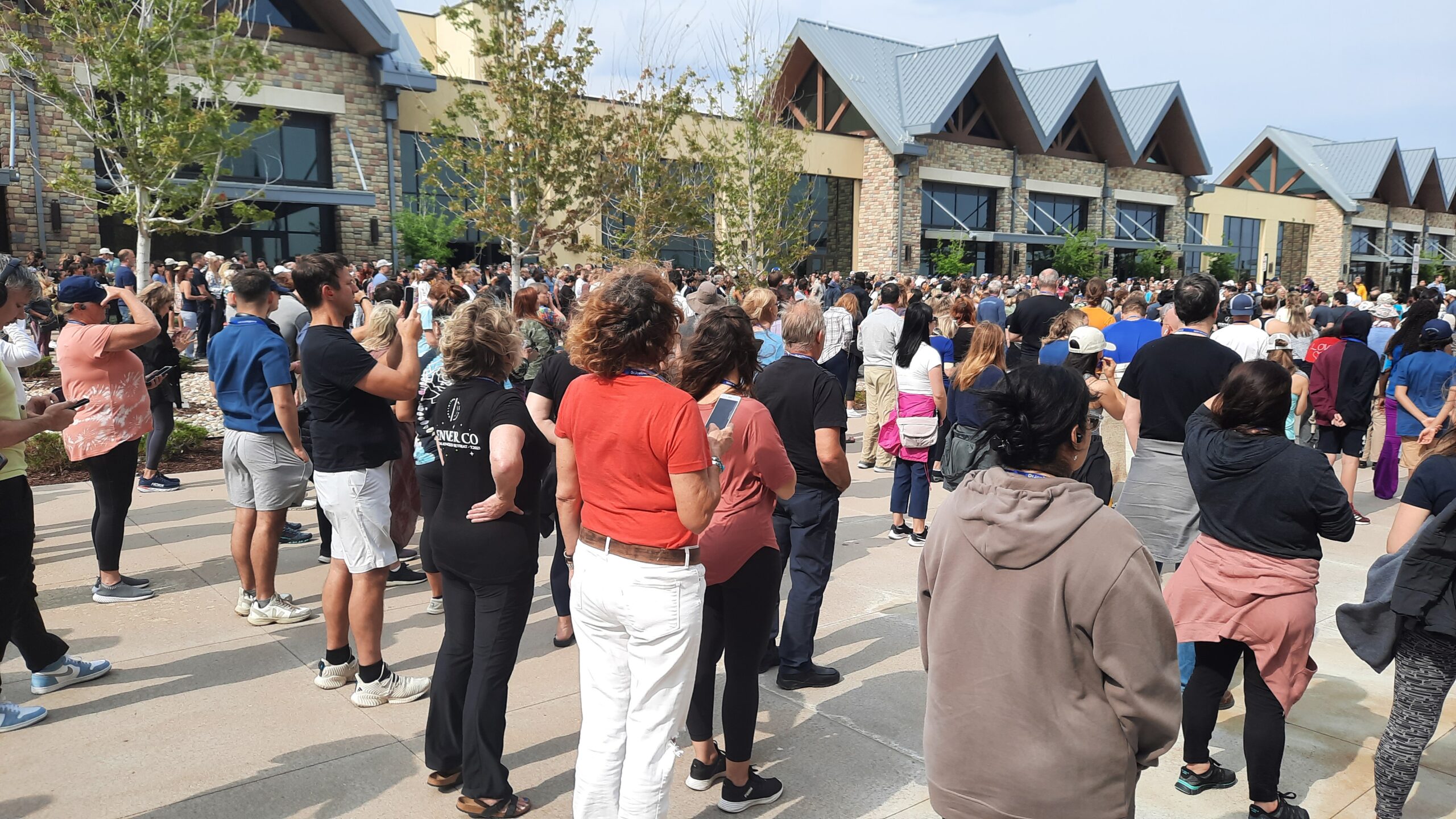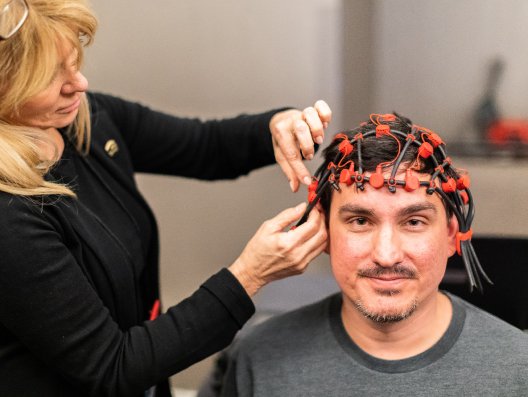Cars We Love & Who We Are #24
Surprises, life is full of them. Always good friends at the gym, Shane and I drifted out of touch years back when, first, her career advancement played havoc with her workout schedule and, then, the gym closed.
Years passed until recently, while at a local school where I teach a class on collectible automobiles, who walks by but my old friend Shane. Now an author, among other things, she is at the school on a book tour promoting a book she authored.
In catching up, I came to learn that, previously unbeknownst to me, there exists a rich vein of classic vehicle enthusiasm running through her family with her, her husband and teenage daughter all possessing a strong affinity for classic vehicles and the collectible vehicle culture.
Meet Shane and Rich Svorec and their next generation of classic car enthusiasts.
Hot rod love, family style

A highly successful competitive business owner, consultant and published author, blonde, green eyed Shane Svorec carries with her an appealingly confident air of someone both accomplished yet approachable. However, before you get too far into framing an impression let’s take you out to the famous Lake George Cruise Night.
Lake George’s Autumn Cruise event exhibits an ever more powerful draw for eastern automotive enthusiasts seeking to celebrate the classic car culture. A steadily growing Adirondack version of the Woodward Dream Cruise, the Lake George Cruise Night sees people line up five to ten deep as far as the eye can see. They have gathered to share in a dazzling parade displaying classic examples of custom and original vintage cars proudly representing the full spectrum of vehicles residing at the heart of automobile enthusiasm.
The crowd boils with a frenetic energy creating a frenzy of wide eyed anticipation feeding the adrenalin of drivers eager to unleash the throbbing heart of their ride and “smoke’em” to earn the roaring cheers of the crowd.
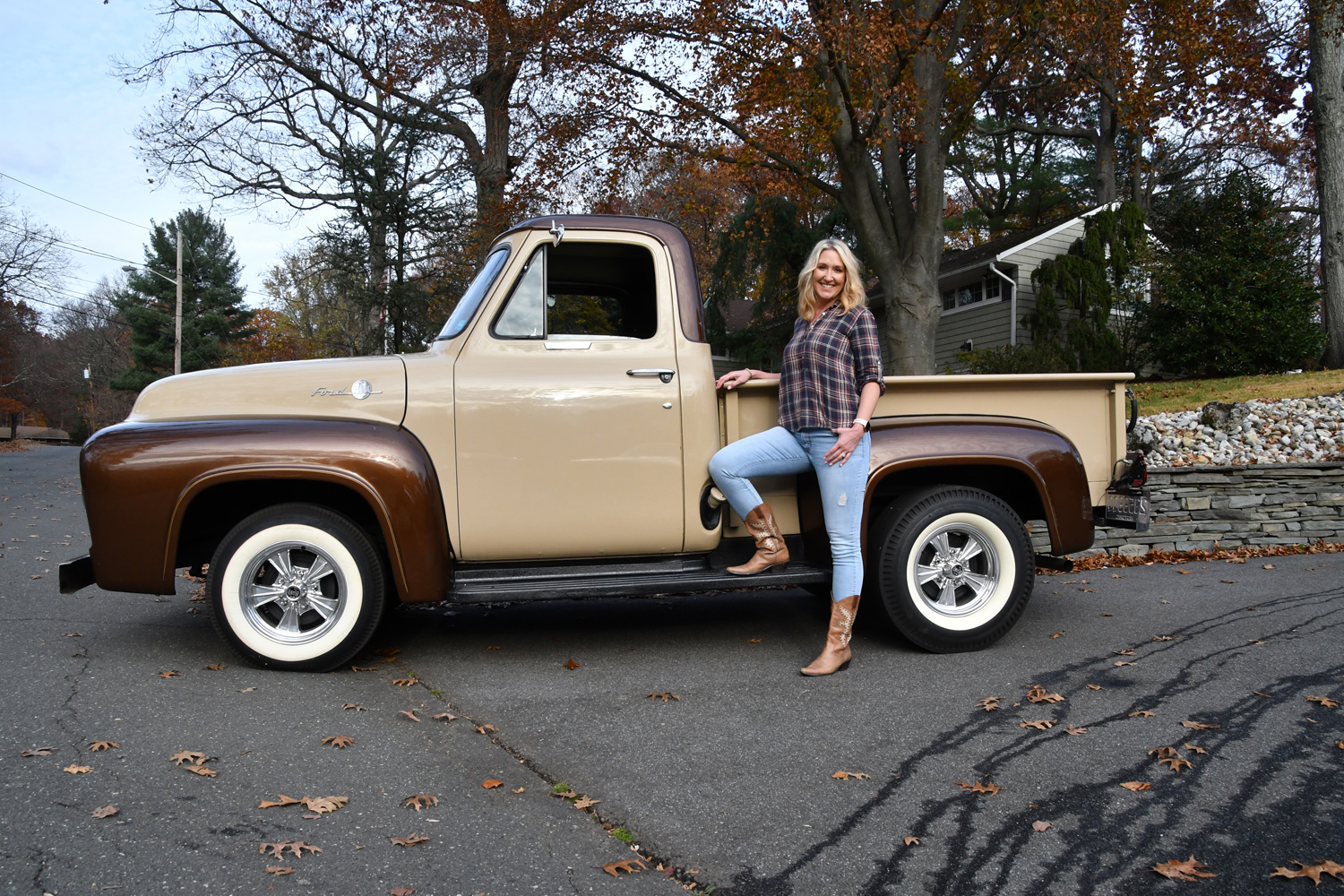
Shane with her ’55 F-100
Shane says, ”While it’s bumper to bumper, it’s kind of cruise etiquette to give a guy a little bit of space so that he can get on it and smoke the tires. The crowd goes crazy and chants ‘do it again, do it again.’” So as Shane sits at the wheel of her rumbling, not stock,1955 Ford F-100 pickup she gets caught up in the vibe of the crowd. Shane finds herself revin’ up the husky Mopar V8 that had taken up residence were the Ford inline 6 used to live. She says, “I start to really goose it. You know, gettin’ on it.” The crowd spots this pretty blonde at the wheel of a fat tired, snorting pickup truck. Shane says, “The feeling seemed to be that I was some gal at the wheel of my husband’s truck. That I was just gunning it but wasn’t going to smoke ‘em. I just smiled.” She let space open up in front of her eager F-100. She pinned the throttle and unleashed all that the Mopar 383 under the hood had to give.” She left about a thousand miles of rear tire tread across a long stretch of the boulevard. She smiles again as she says, “The crowd went wild.”
Shane says, “I love to prove people wrong. I love to break barriers. I love to deliver the goods in the face of low expectations. Hey you know, a woman? A woman who loves an old pickup truck. Yes and why not. I love classic cars and trucks.”
It was Shane who actually got the classic car ball rolling in her family. That said she had the benefit of a very strong wind at her back. That supporting force existed in the person of Paul Svorec, her father-in-law who passed on a love of classic cars to his son, Shane’s husband, Rich.
Shane’s husband, Rich, talks about his dad with a reverence for the engineer father’s technical acumen, native intelligence and his penchant for plunging fearlessly into any car problem in any car and come out the victor. Rich says, “So many car problems loom like those teenage horror film scenes where everyone fears descending into the dark unknown of the basement. Not my dad.”
Rich in speaking of his father says, “Growing up, none of my friends had fathers like mine who were serious hot rodders, who got their kids into it. And hot rodding is something that, once you get into it, that’s it. It’s like a wonderful sickness. Once you get it you can’t get away from it. And don’t want to.”
Teenage daughter Lainey clearly has inherited the gene from her grandfather. She says, “Well, my grandpa, he’s always been a car guy, always fixing up cars and he taught my dad everything. He knows my dad kind of passed that all along to me and I’ve always been interested in old cars.”
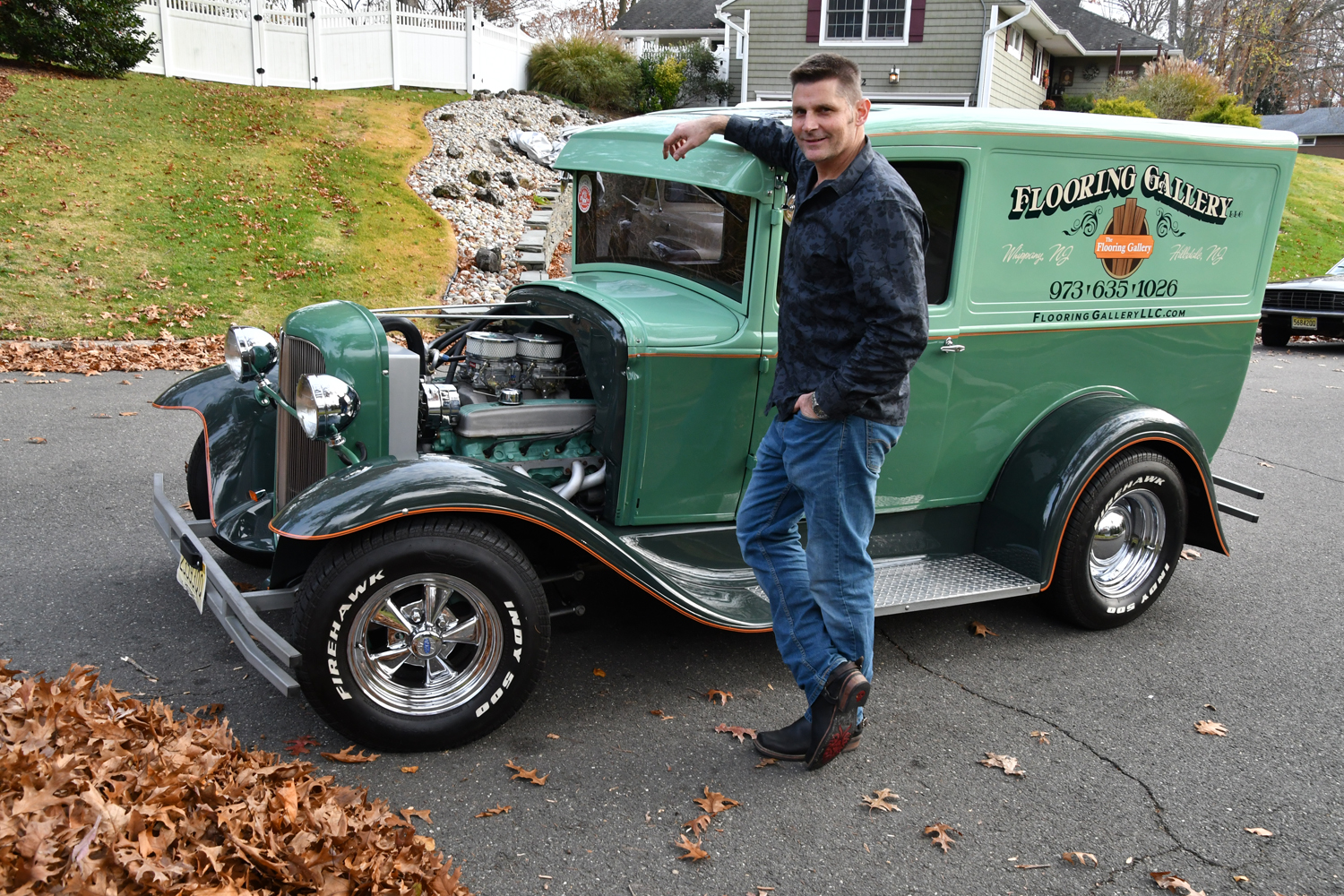
Rich and his ’31 Ford panel truck
Clearly the Svorec family tree was rooted in fertile ground to allow Shane’s suggestion to bear fruit.
Rich says, “I mean how good is this. I married a woman who loves old cars. I’ll never forget the day. Shane comes home, probably eight years ago and says, “you know, I was driving through town and I saw an old pickup. It reminded me of growing up in Nebraska. I would really like a classic pickup truck.”
Shane says, “You know, for the people out there in Nebraska, that pickup truck, that’s a part of your life, Right? Still to this day, you’ll find classic cars and old pickup trucks on people’s properties and in barns, you know, what are they called, Barn Finds? Those pickup trucks, though, I grew up with them. That was just a way of life. So it’s always been a piece of nostalgia for me. I grew up with family members having pickup trucks. Not only was it practical, but it was fun. And to me, unlike, maybe some women, I found it to be very empowering to drive a pickup truck. I found a strength in a pickup truck. You know, an American made Ford, you know, this was America. That’s why I love my truck.”
Rich, whose first car at 17 was a nasty 1970 AMX with a worked 401, says, “You know what I was thinking. I find her the right classic pickup and to maintain family balance I will need to find something for me.” Game on.
Shortly after Rich found Shane’s pickup, Paul offered his son a deal he could not refuse. The senior Svorec told Rich, “I’m looking for my 66 Plymouth Satellite Hemi or a 67 Corvette. If you can find me one, then you can have my 1931 Ford panel truck hot rod.” Paul had owned the rare truck since the 1960s. It was totally original. Paul personally carried out the stunning green on green rebuild.
The limbs of the Svorec classic car family tree had begun showing fruit.
Pulling up alongside Shane’s 1955 Ford F-100 came Rich’s 1931 Ford panel truck with a powertrain out of a 1966 Buick Electra. It included a worked 425 cu. in. nailhead V8 with dual quads putting out over 400 horsepower. But wait there is more.
Shane speaks lovingly about her oldest child Lainey. Shane says, “Yeah. I always felt like she would be the one that would connect with classic cars. She has an old soul which is beautiful to behold when watching a young woman blossom. Especially one you love dearly. Lainey came into this world with big, big eyes. Just curious about everything, and you could tell she was from another time. So it didn’t surprise me. One bit. You know, she loves Elvis, she loves classic music. That’s just her vibe.”
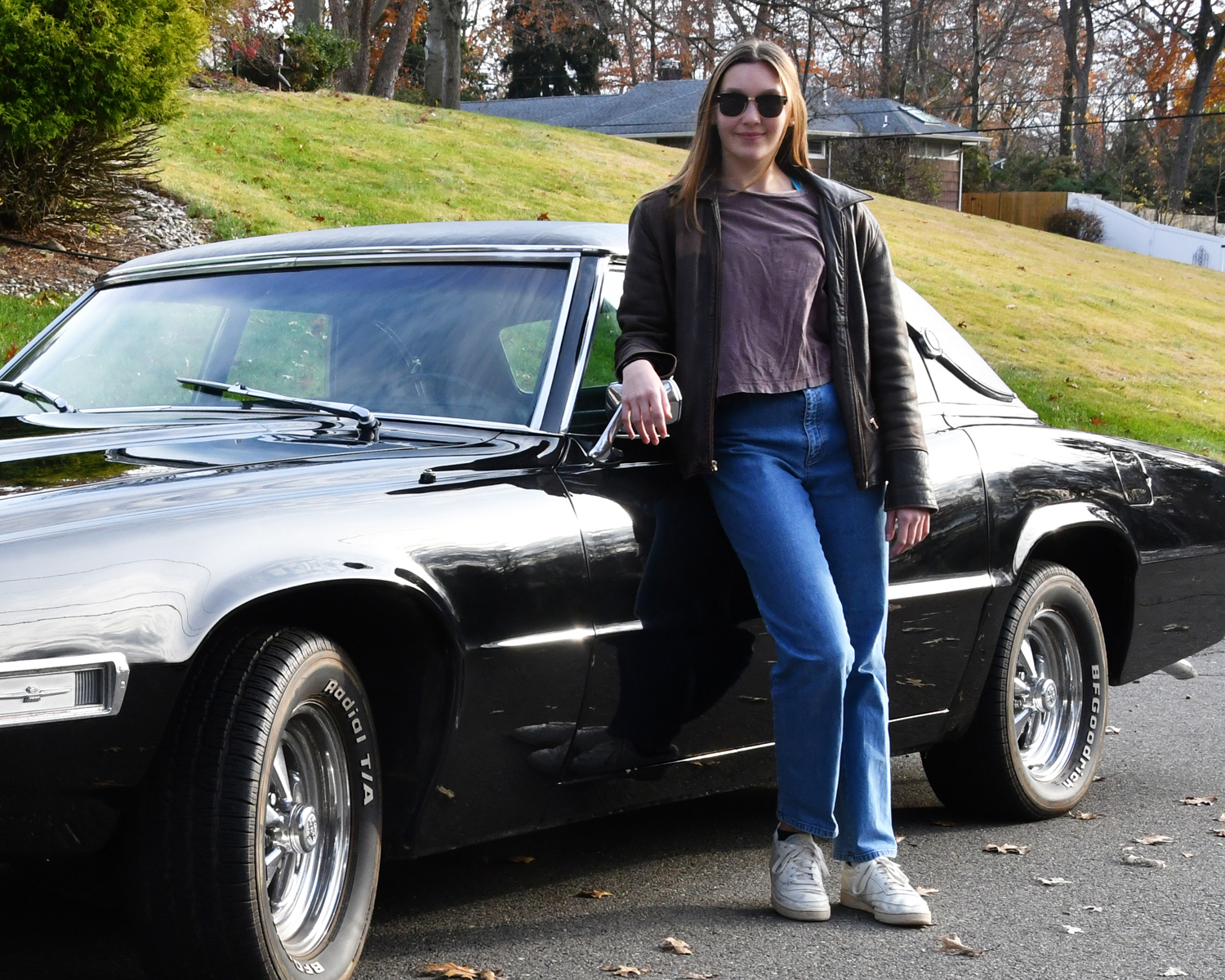
Lainey with her ’68 T-Bird
Lainey, though at the time still too young to drive, had her heart set on getting a classic car. And she would buy it with her own money she had earned, thank you very much. When asked why a classic car Lainey says, “Well, I was never really a fan of the way these newer cars look. There was always so much technology. And I mean, my dad’s new pickup truck, he has this big IPad in the middle of the console. I just I didn’t like it. The old cars were just always nice looking to me.
What did Lainey’s search look like? Certainly reality reared its ugly head when she showed her father a picture of the car she had settled on, a 1959 Cadillac. He gently inquired if she had six figures in her piggy bank. While Lainey seemed drawn to mid-fifties vehicles with fins, tri-five Chevies especially, she found her true love in the form of a 1968 Ford four-door Thunderbird Landau Sedan.
Lainey says, “my dad found it and showed it to me. it looked pretty badass. Black interior and exterior, leather seats, four-door, suicide doors, 429 cubic inch V8. I really love that car. It’s really fun. I can’t wait to take my friends driving in it someday.”
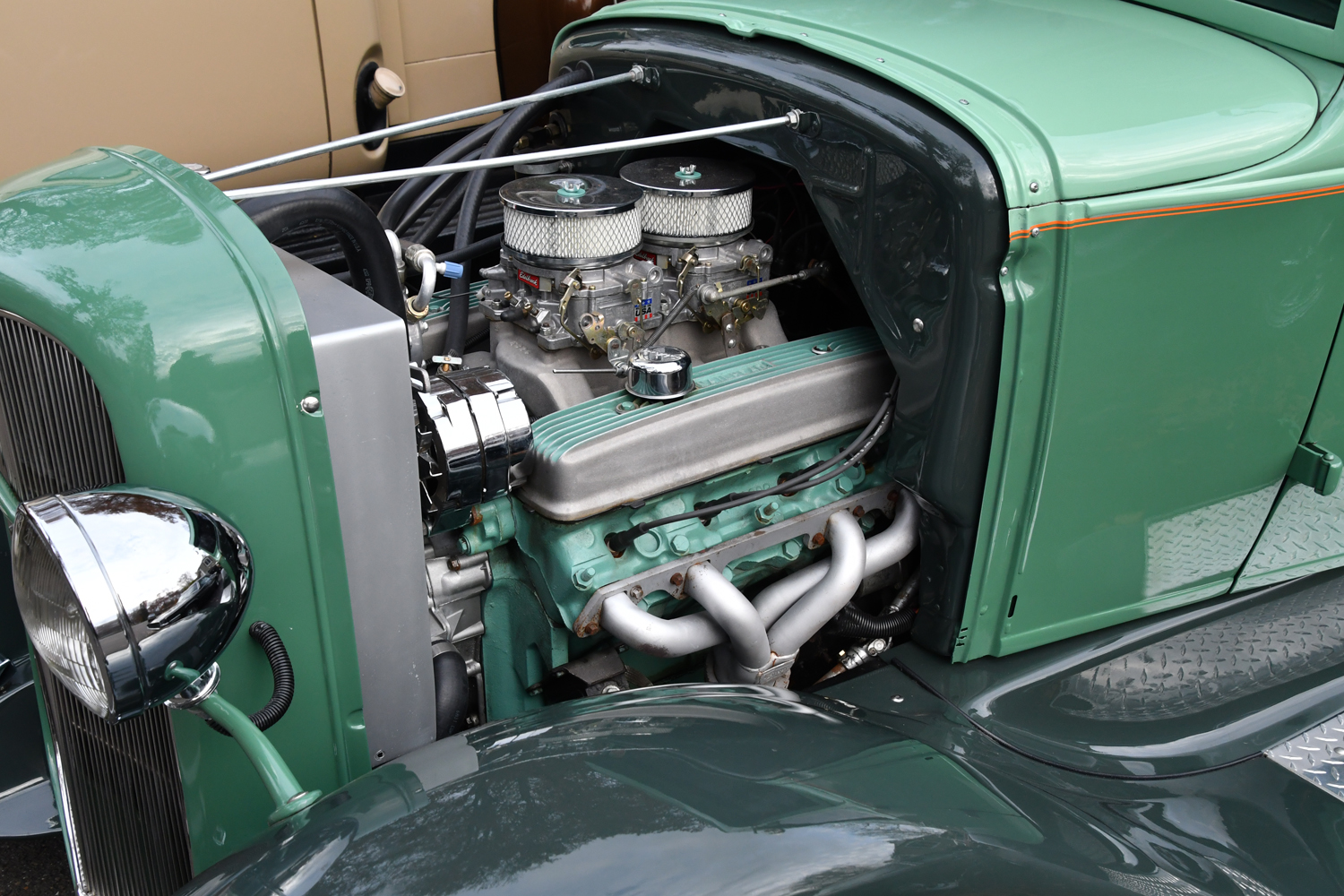
425 cu. in. Buick V8
As to the Svorec’s two younger children son Jack, age 14, and daughter Destiny, age 15, signs exist that they too carry the gene.
In summing up the Svorec family affair with classic cars each member has a perspective.
Rich says, “In reflecting on my relationship with my father and his old school craftsman friends, I can only wish that I could become as skilled as they are. The would love to spend more time with them. To learn what they do and how they do it and then try to pass it along to my children and have them keep going and pass it on. With classic cars as a common interest it is my hope that our values and these vehicles are around forever.”
Shane says, “I could not be more grateful, more blessed by the family I have. That I met a husband who came from such a rich family history with a father who loves classic cars. And that we’ve instilled in our children, respect and appreciation for real traditional values and craftsmanship.”
Lainey says, ”I think life’s too short to drive boring cars.” Old soul indeed.
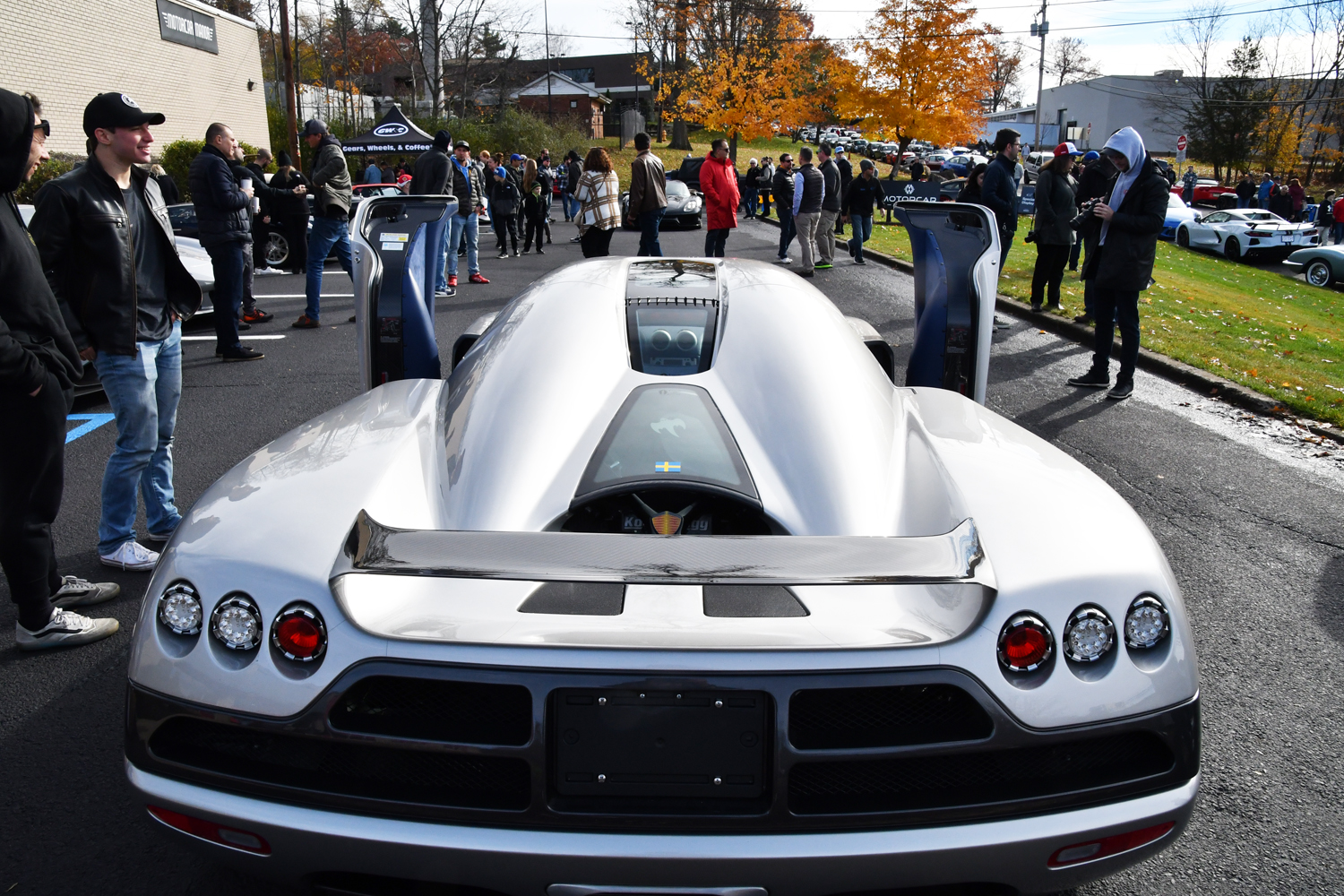
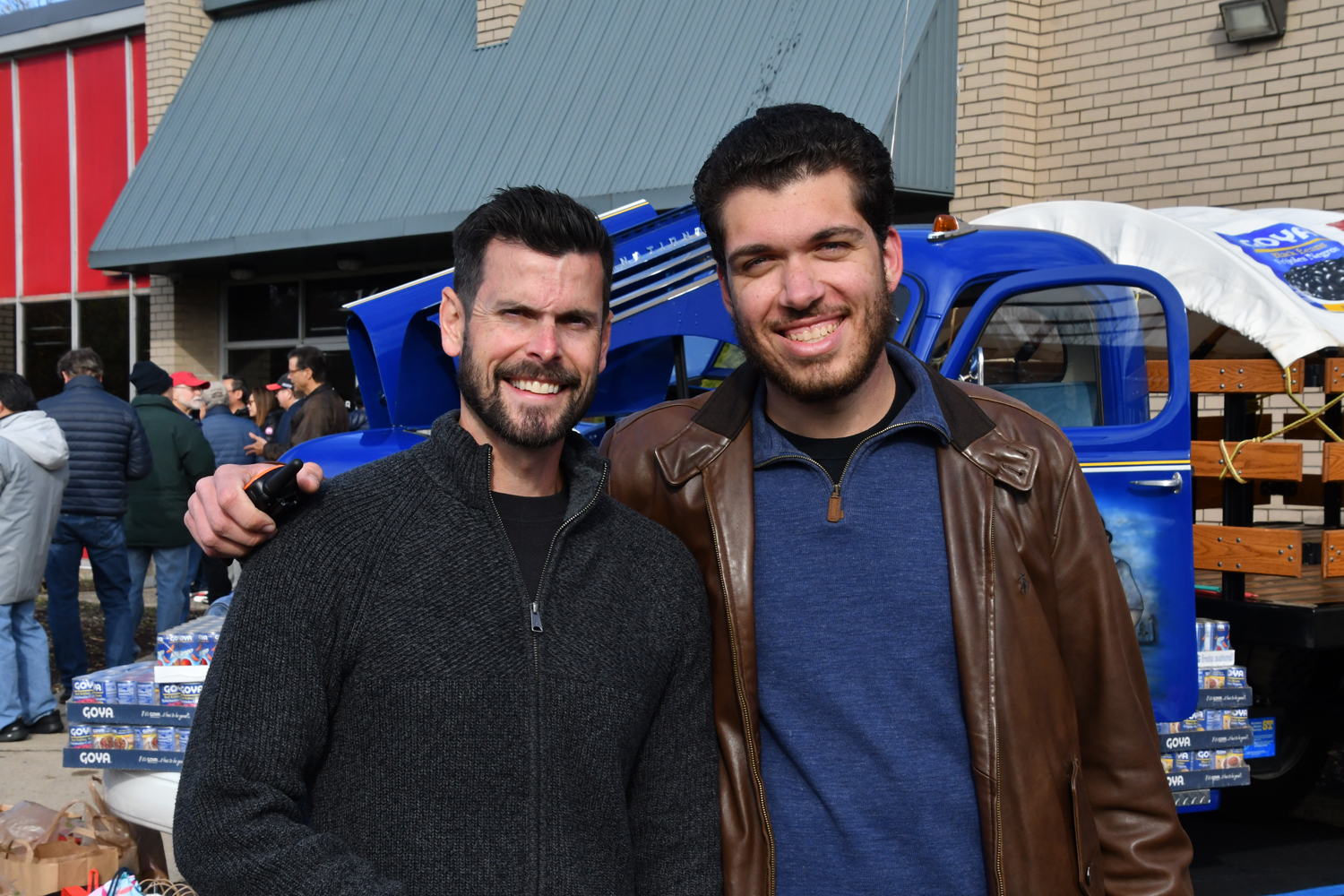
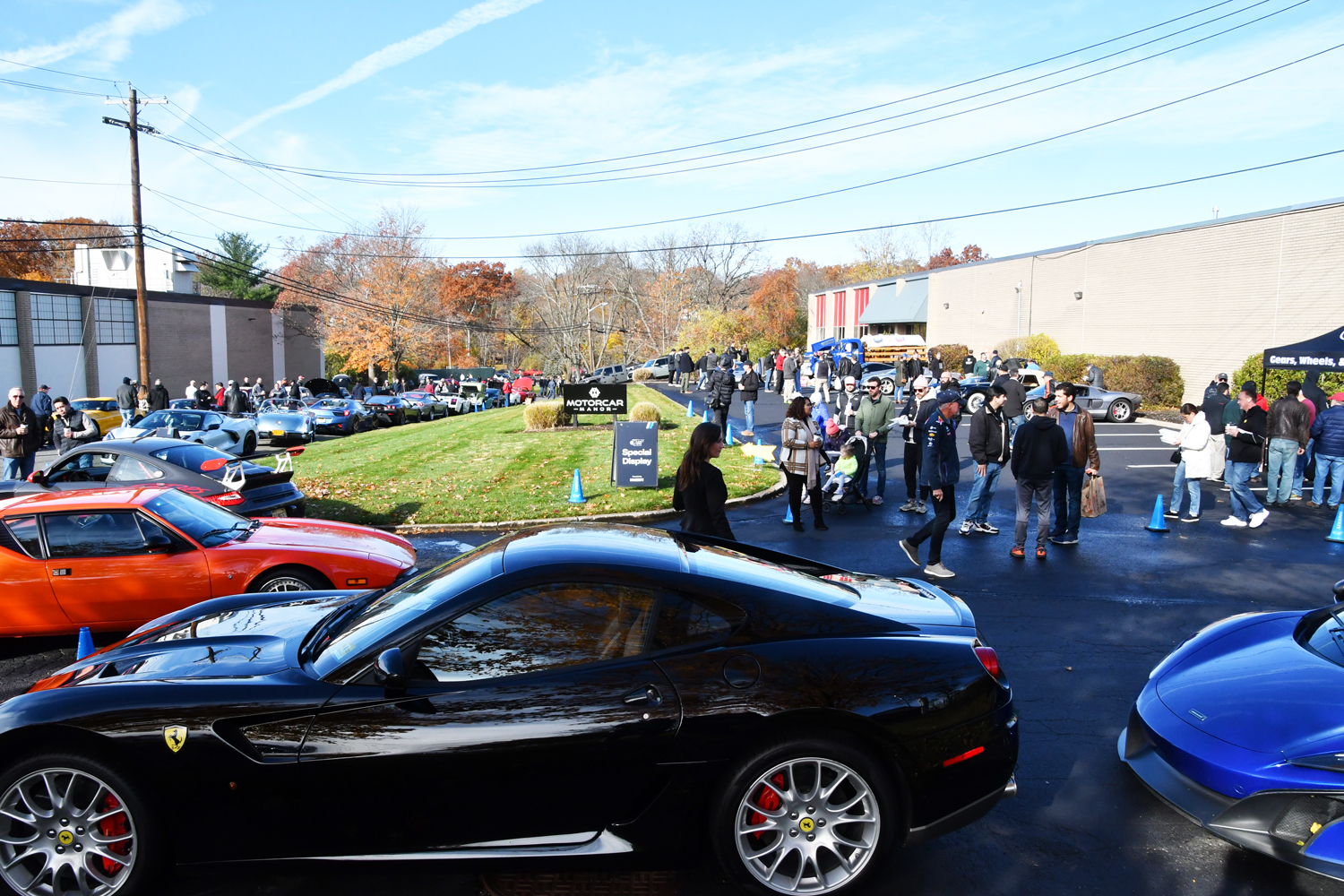
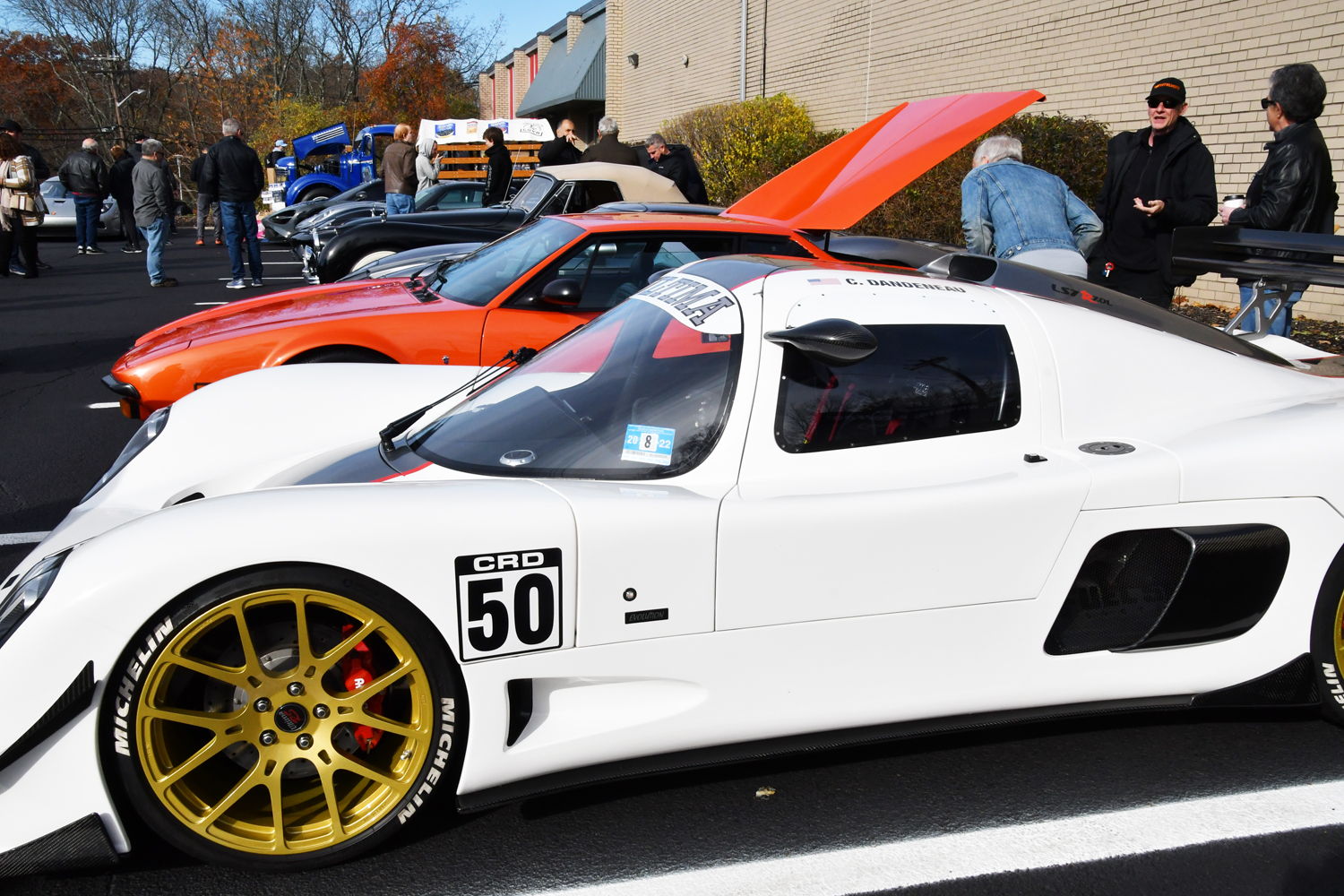
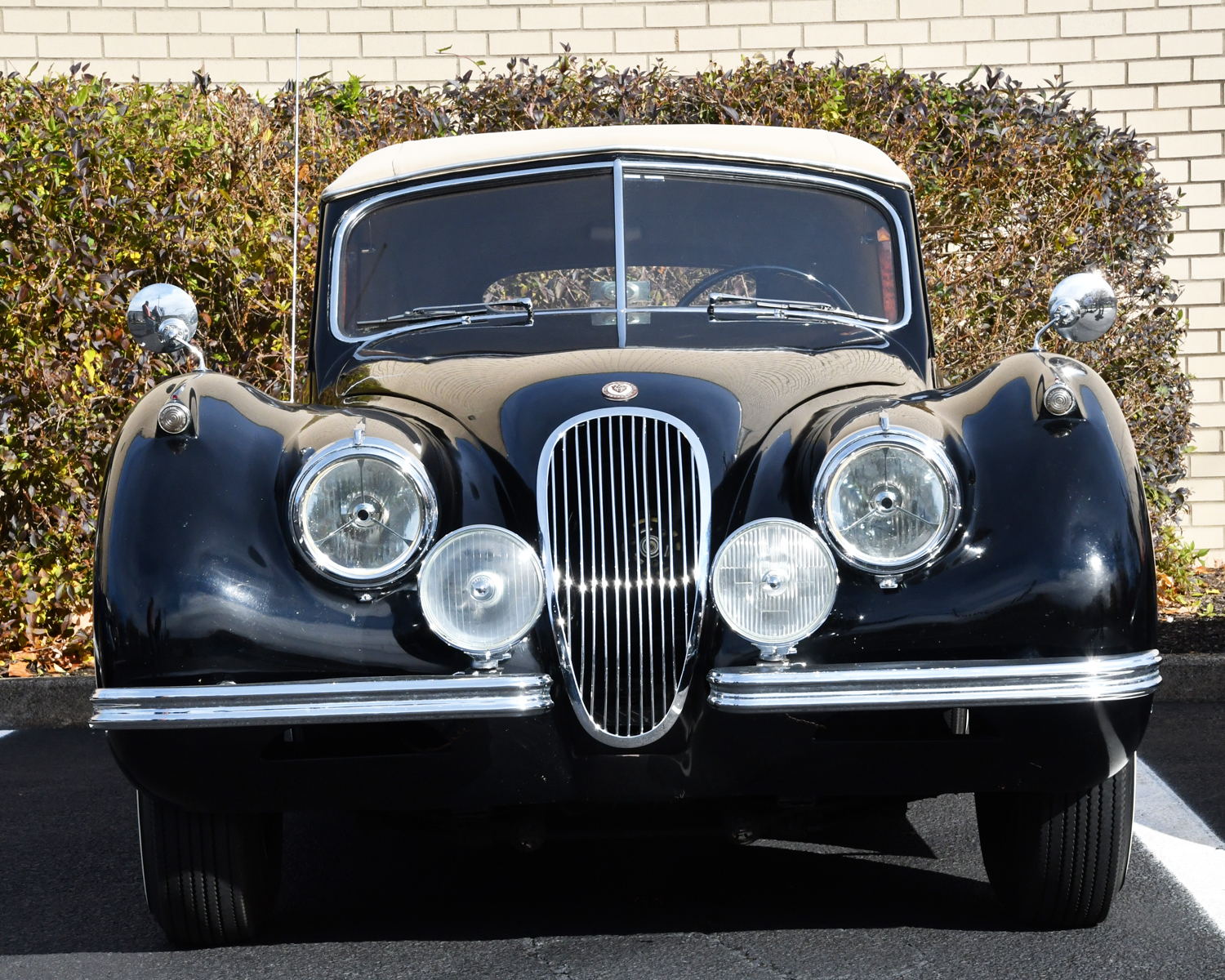



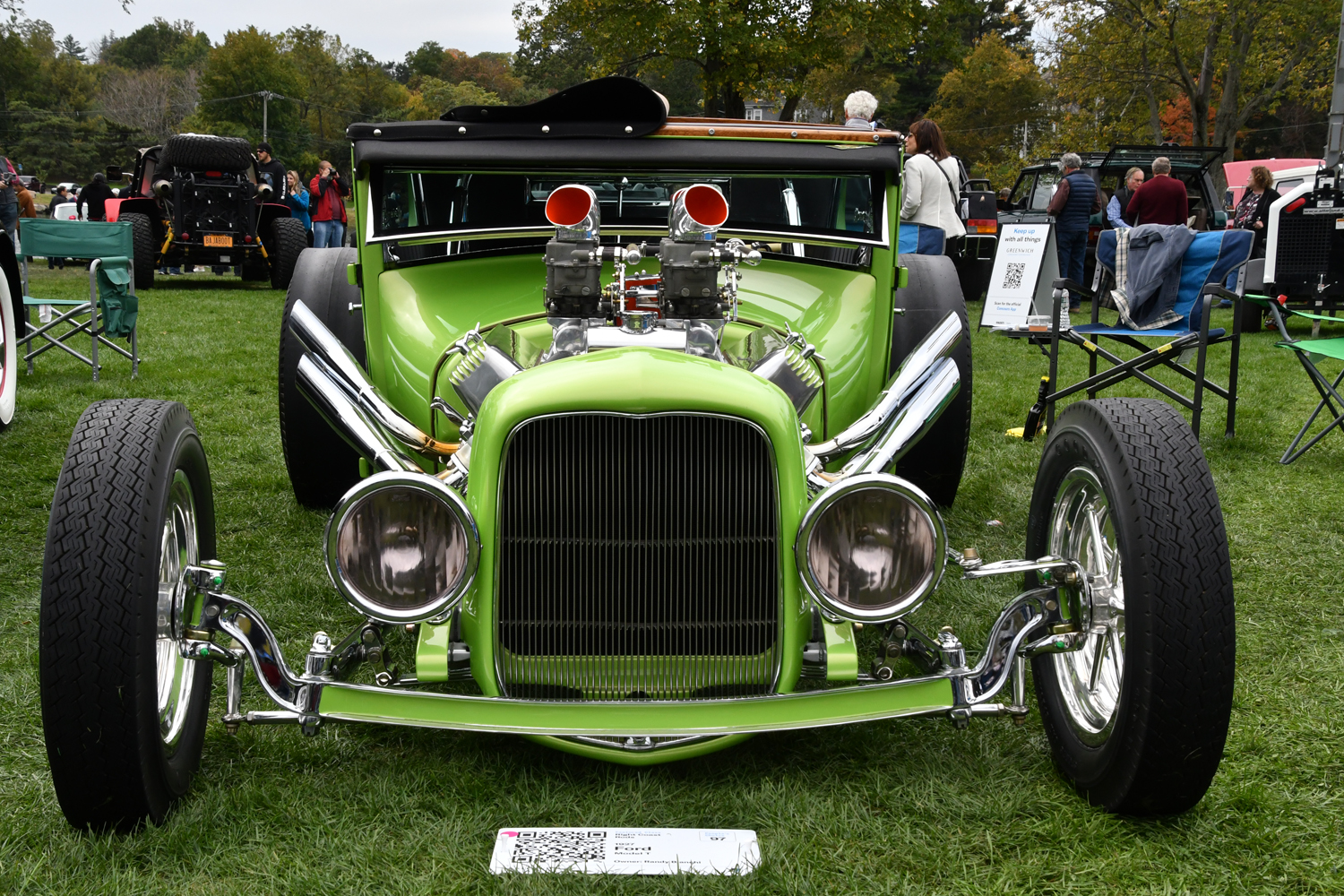


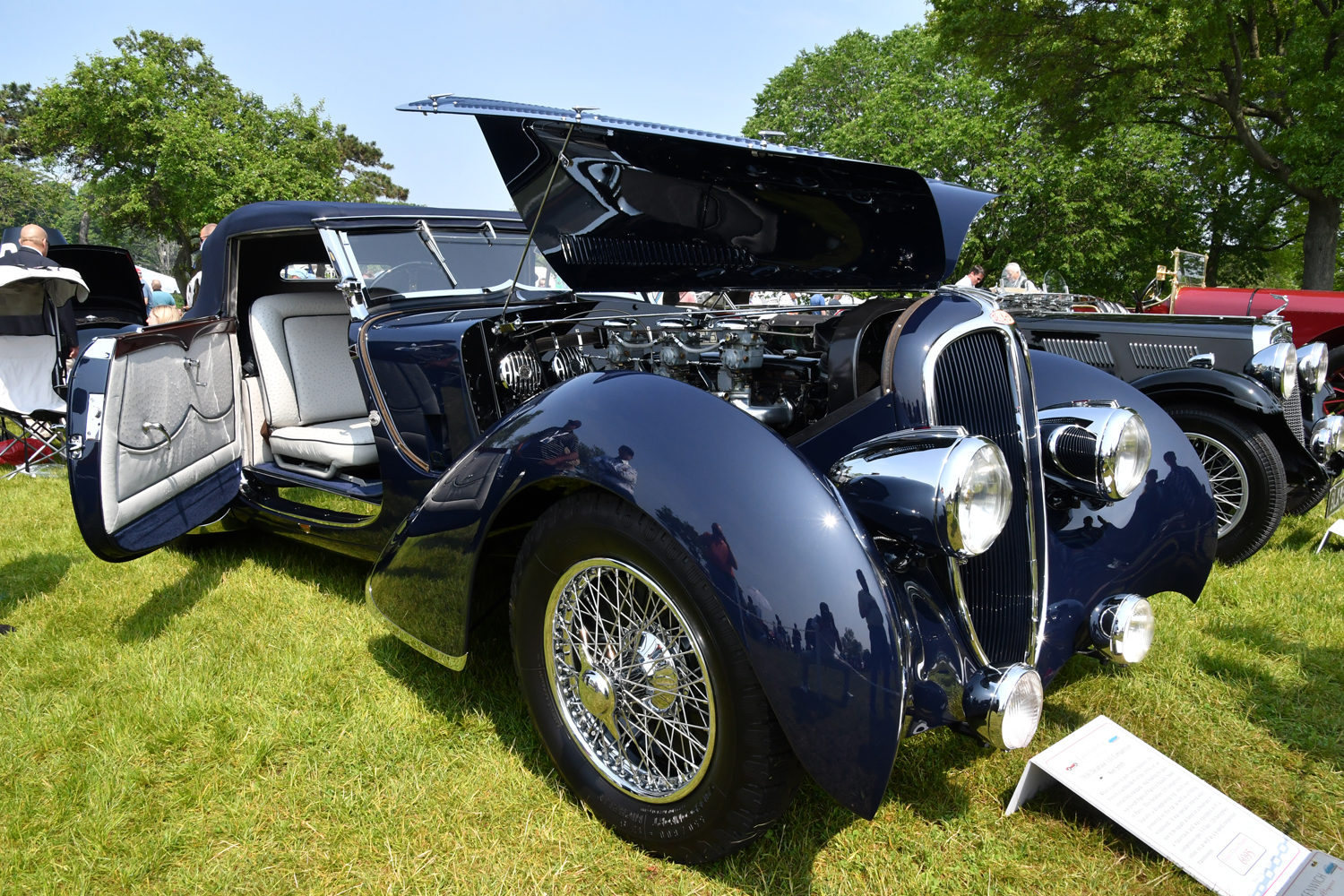



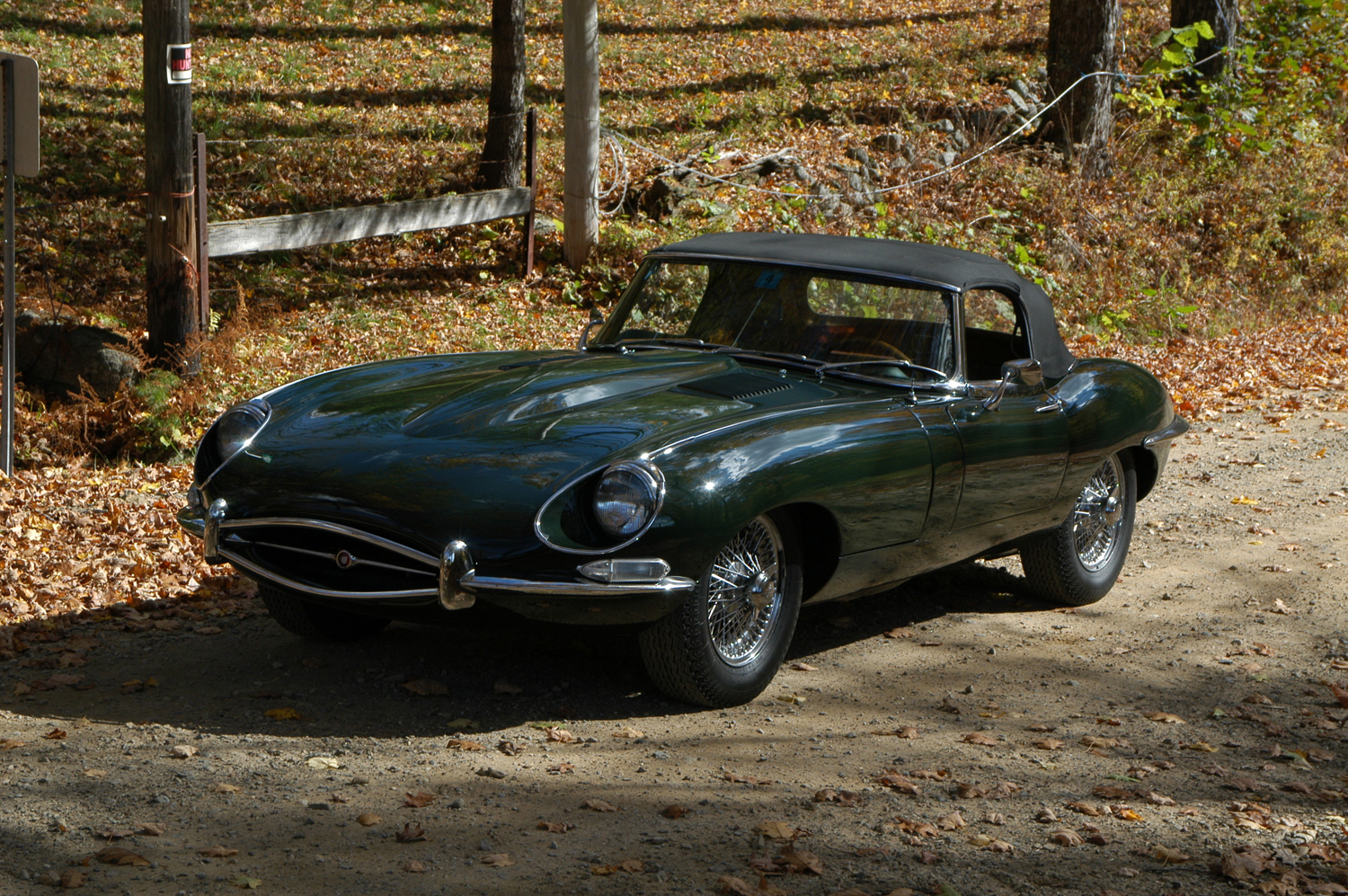 If you suspect that the party you seek has passed away
If you suspect that the party you seek has passed away 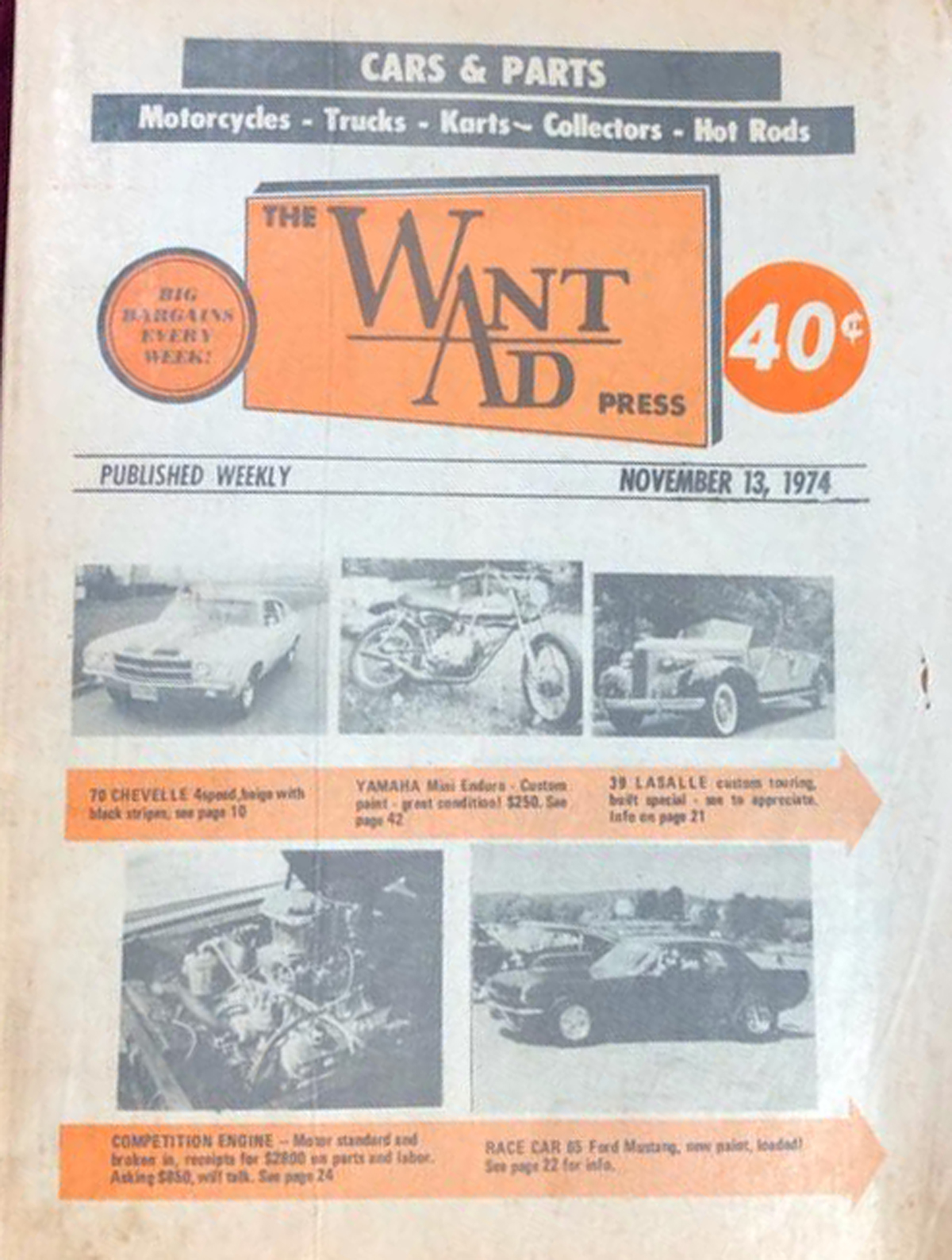
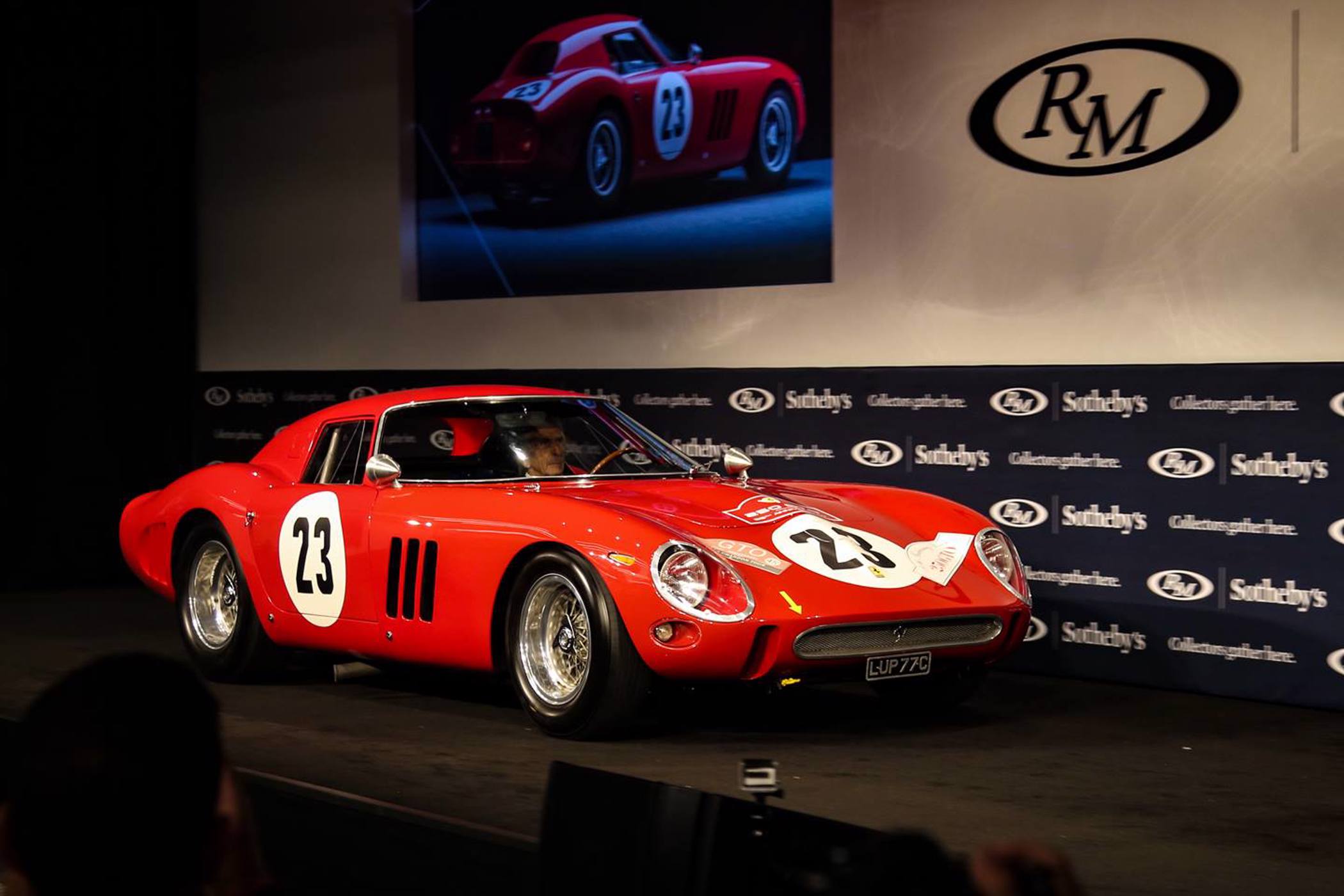
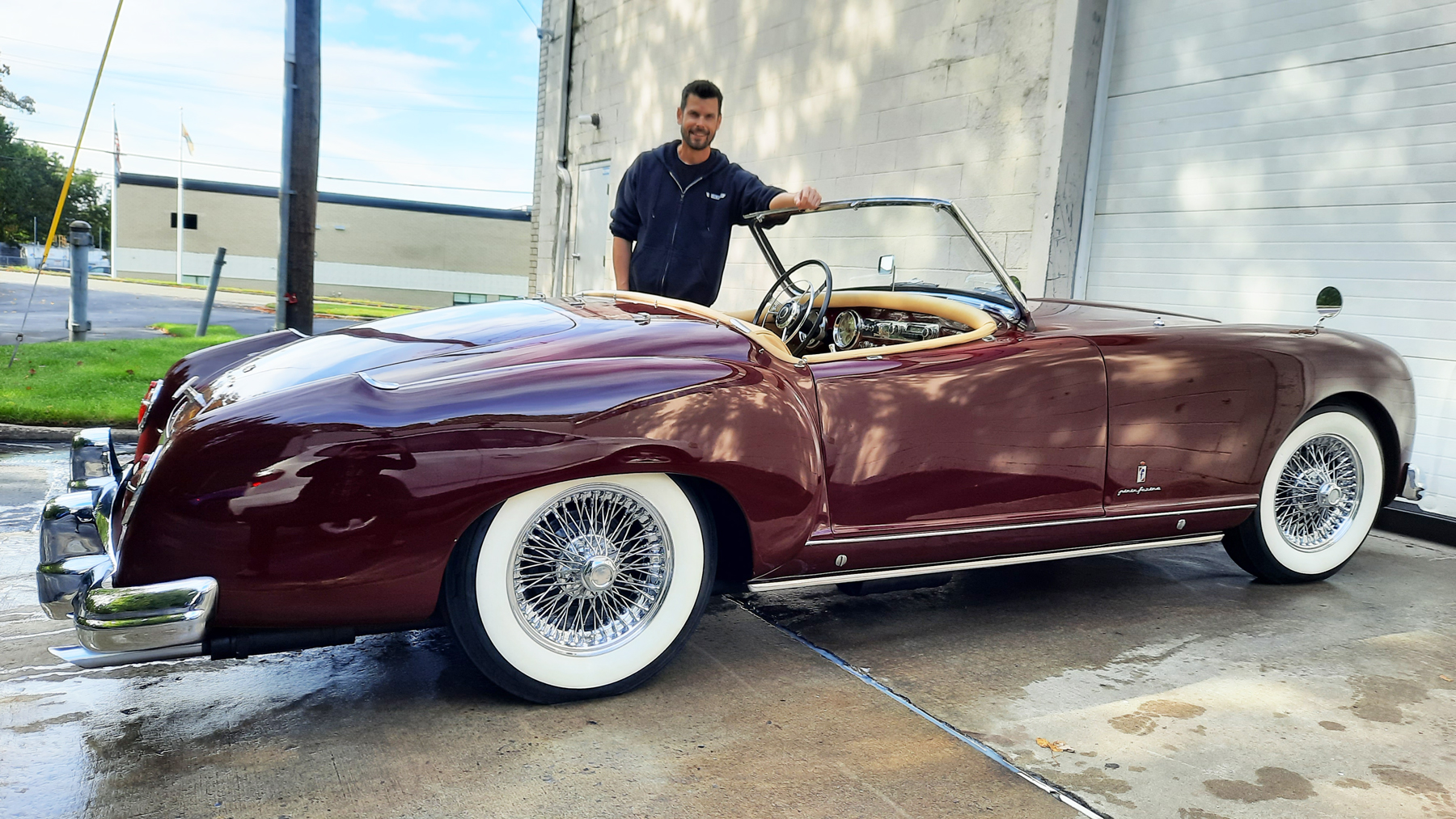
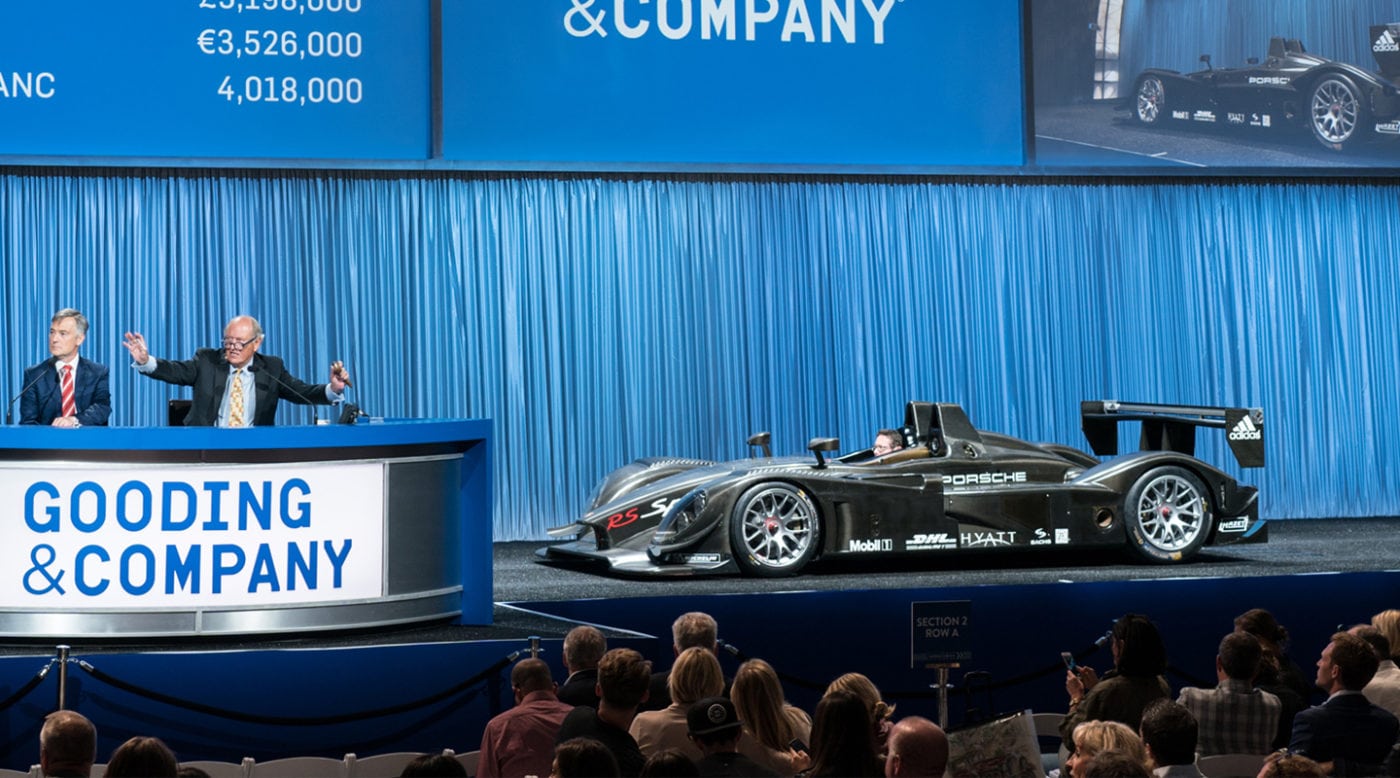
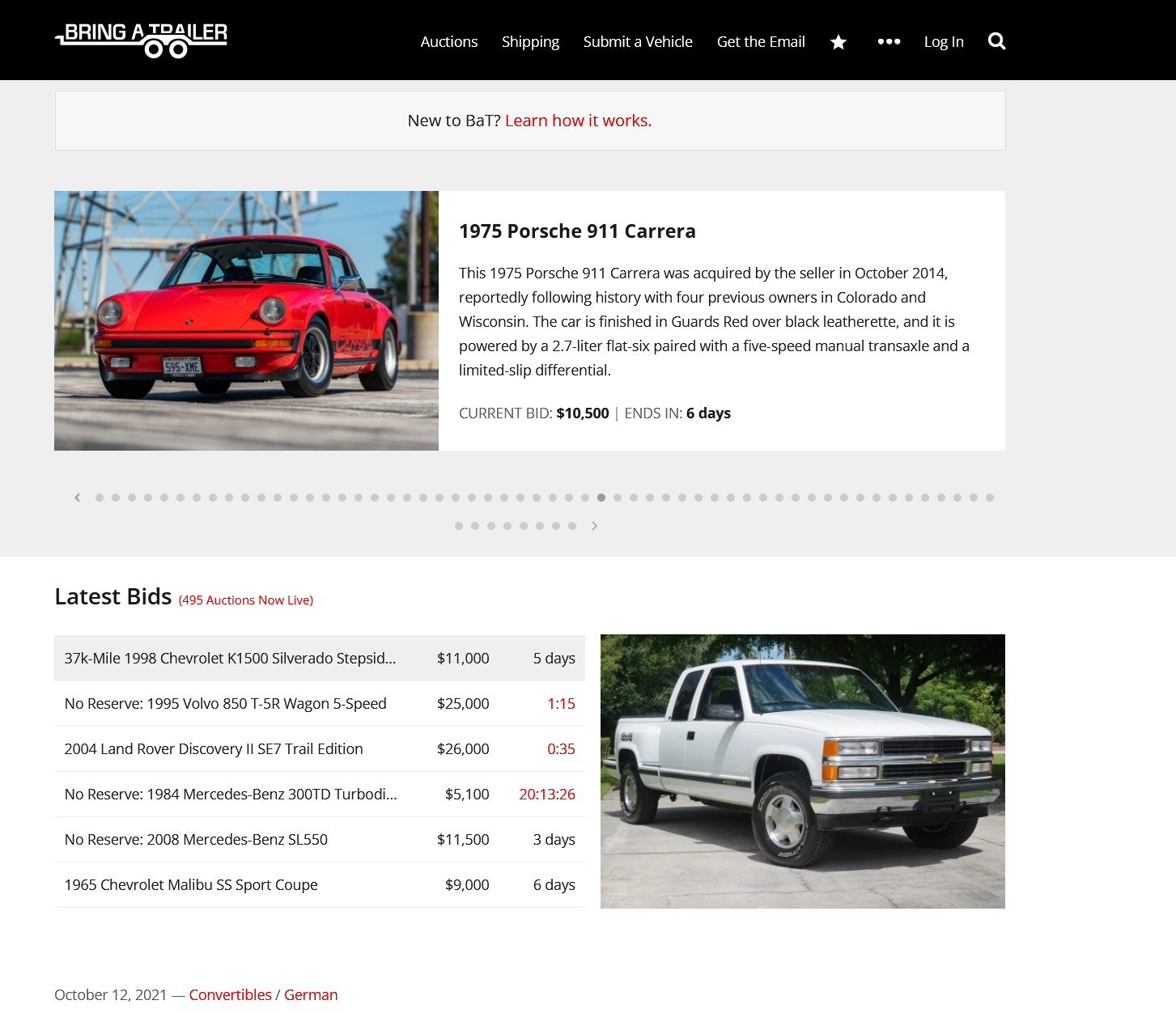
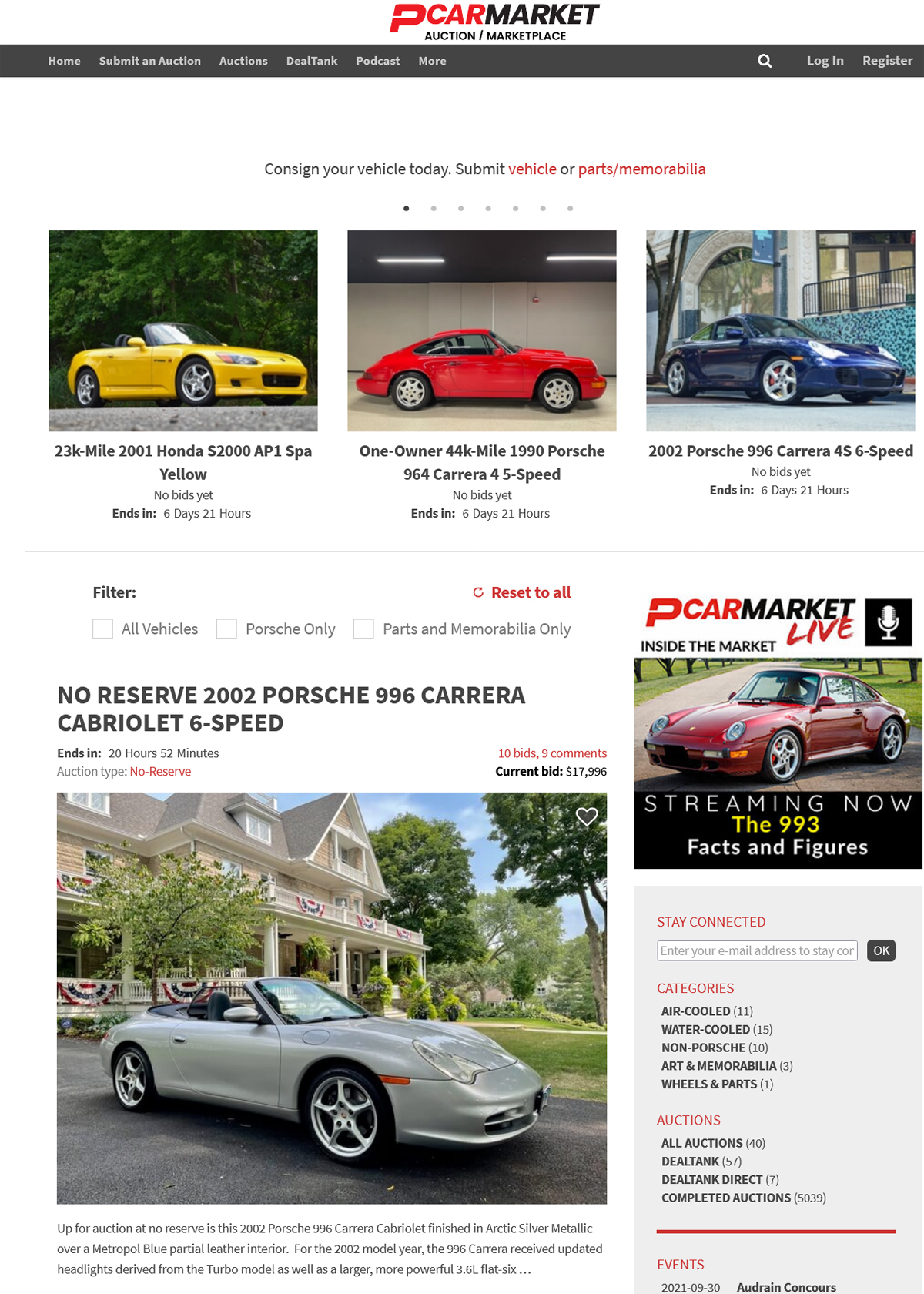
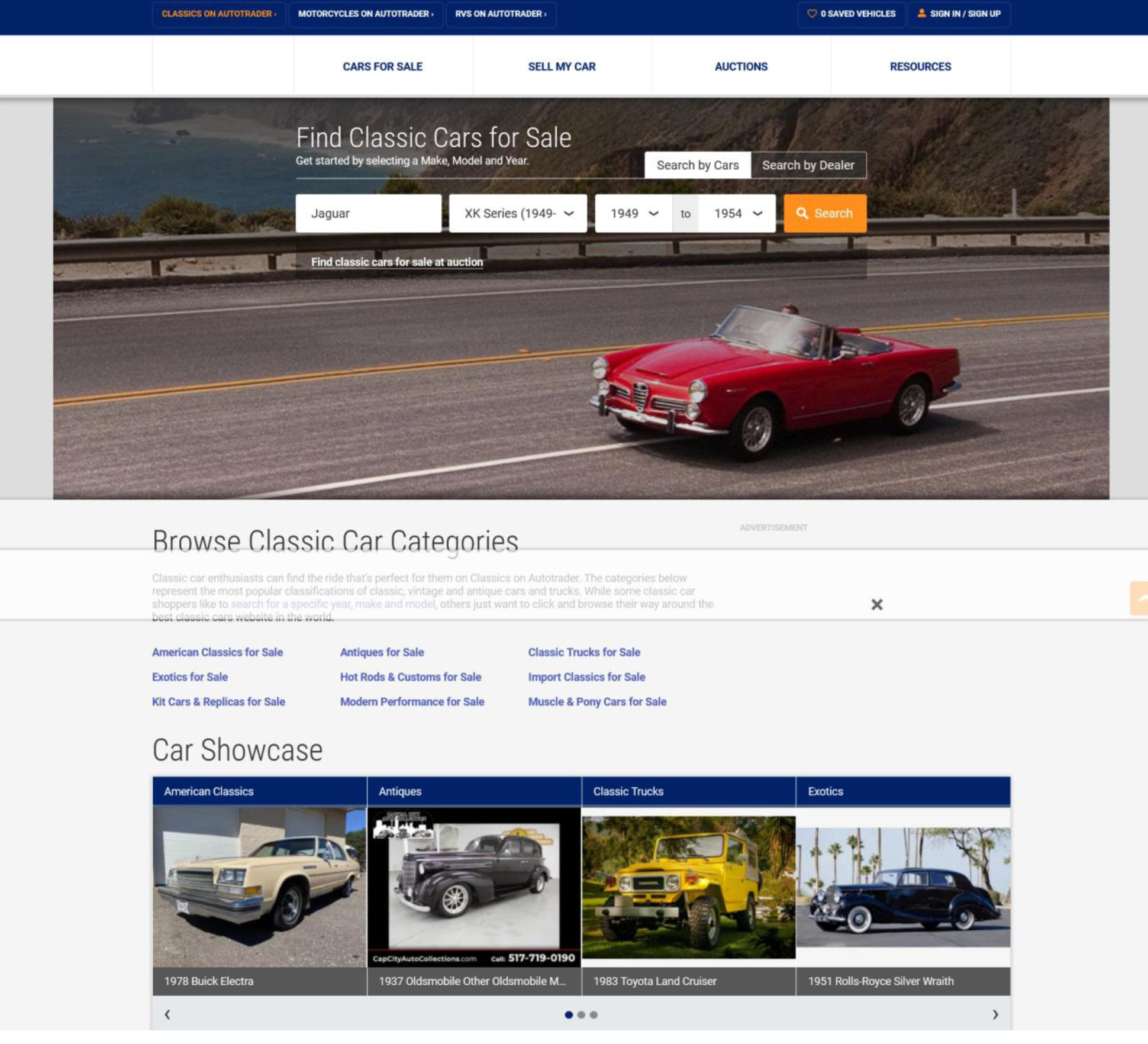
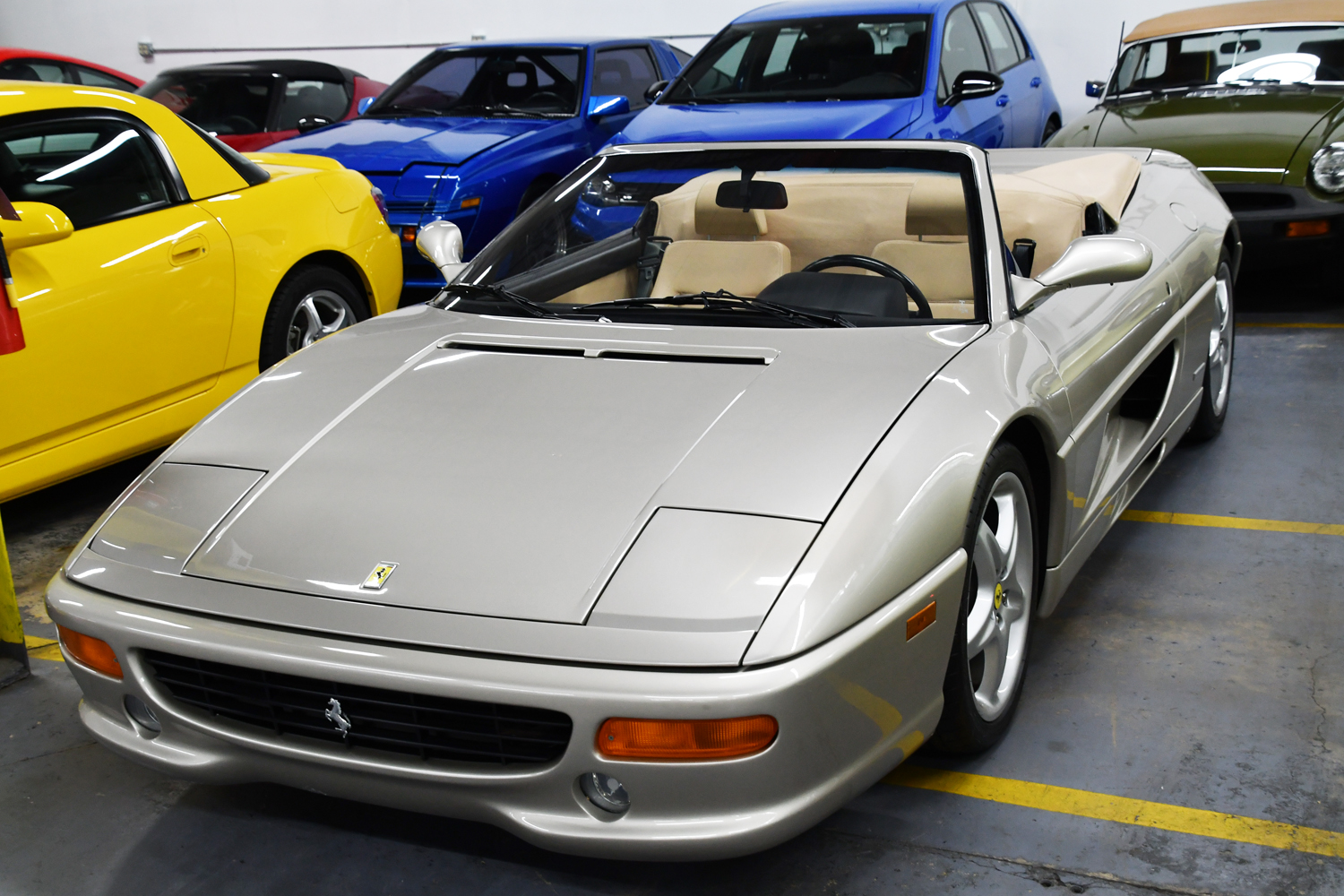


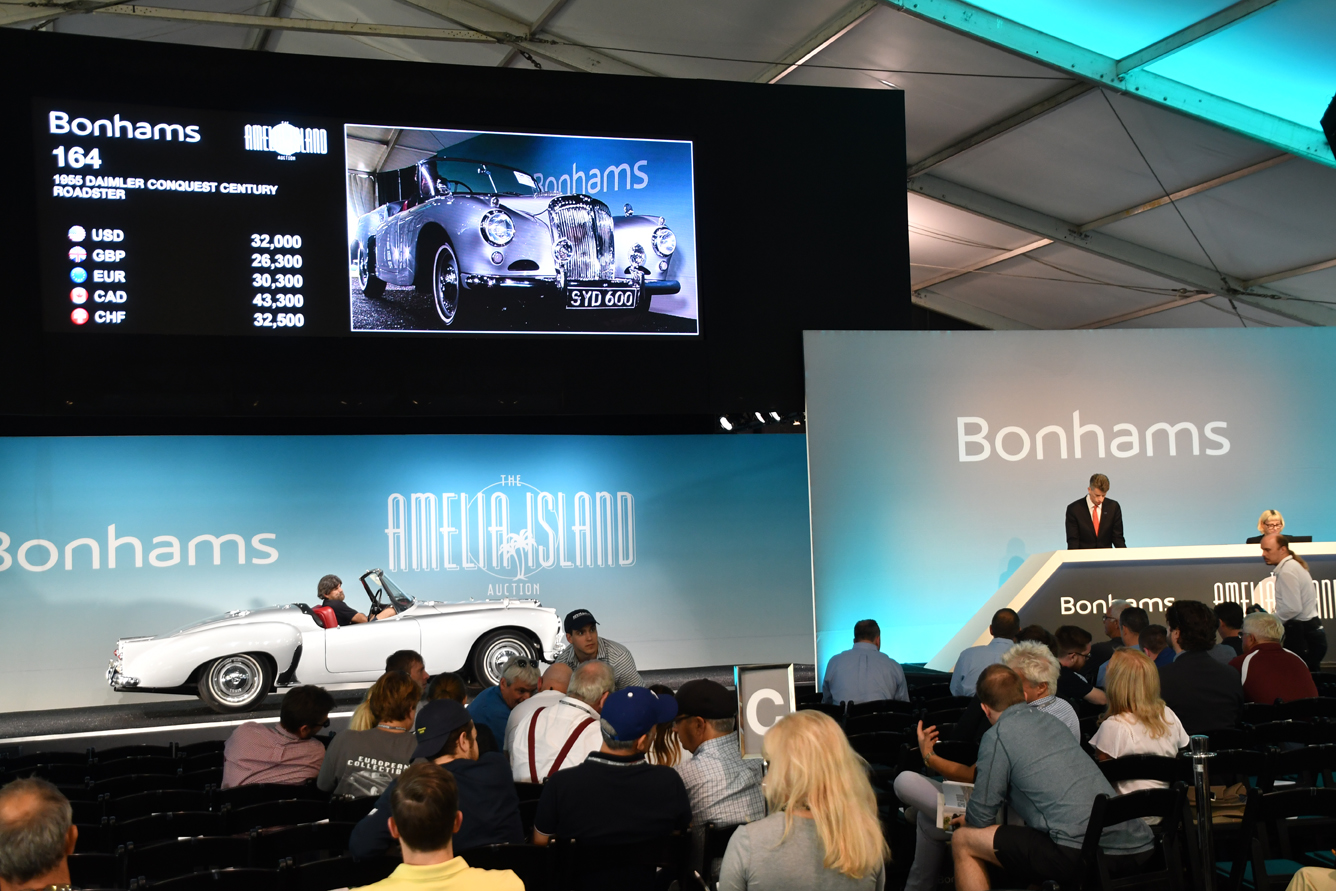

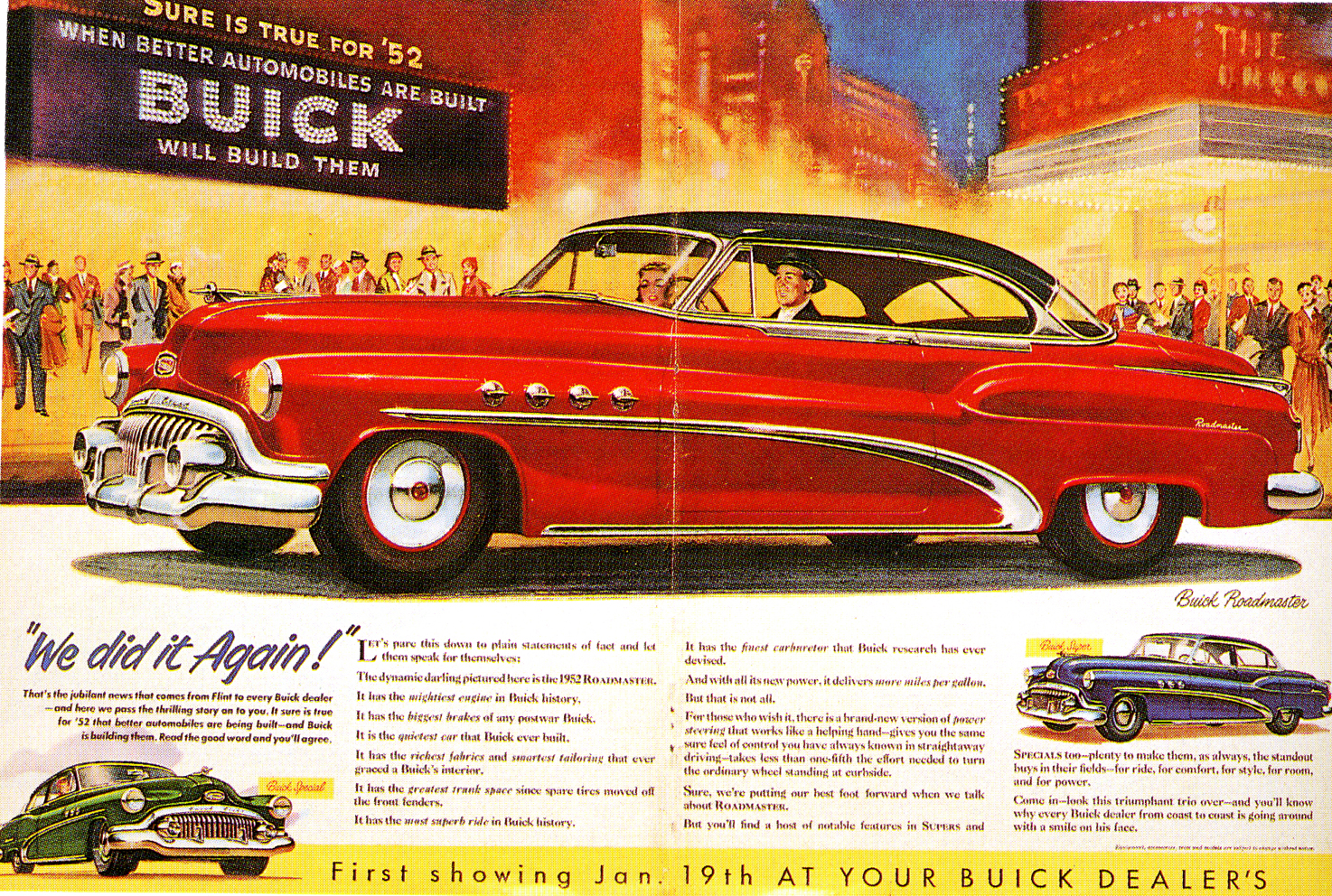
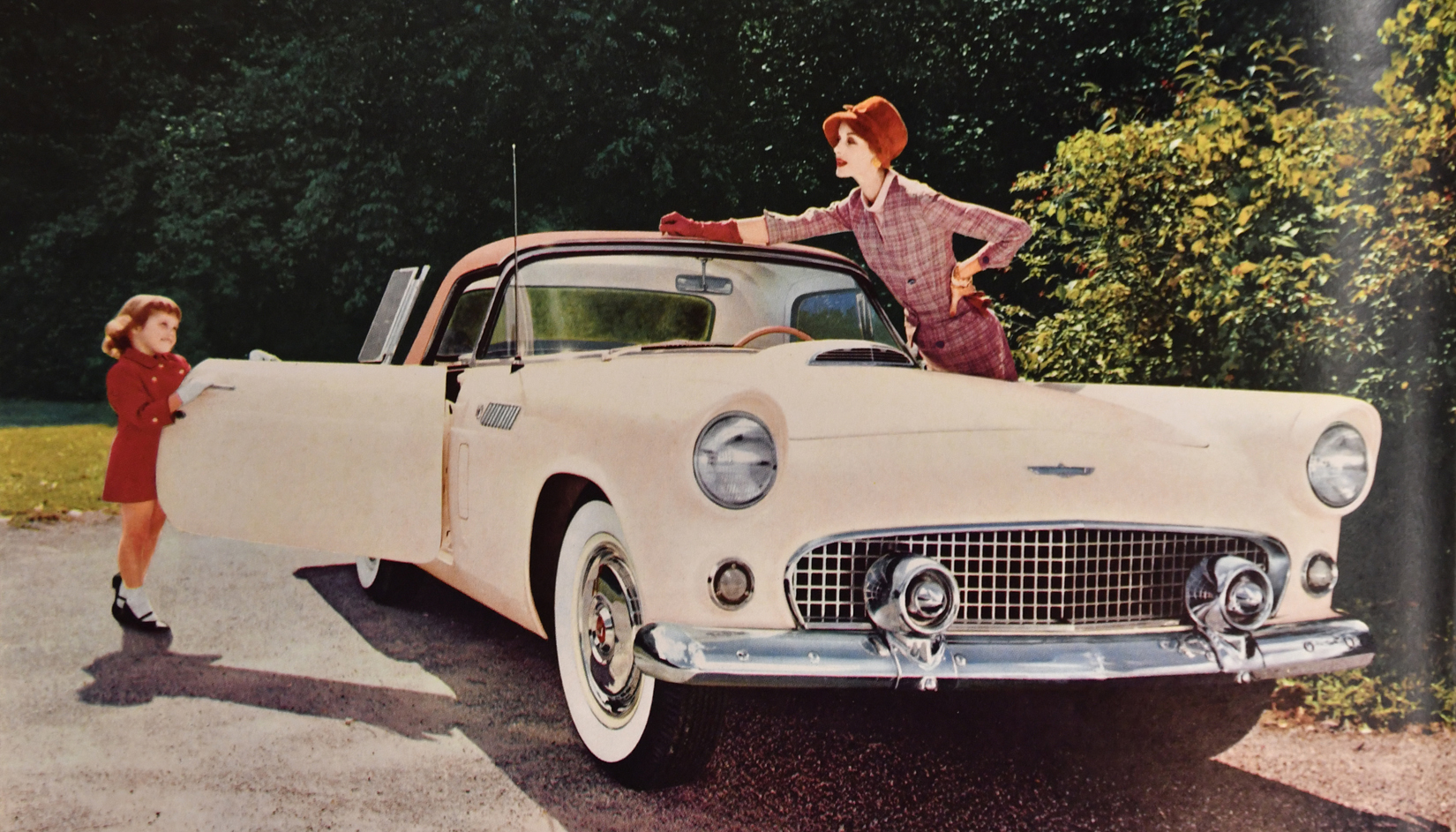
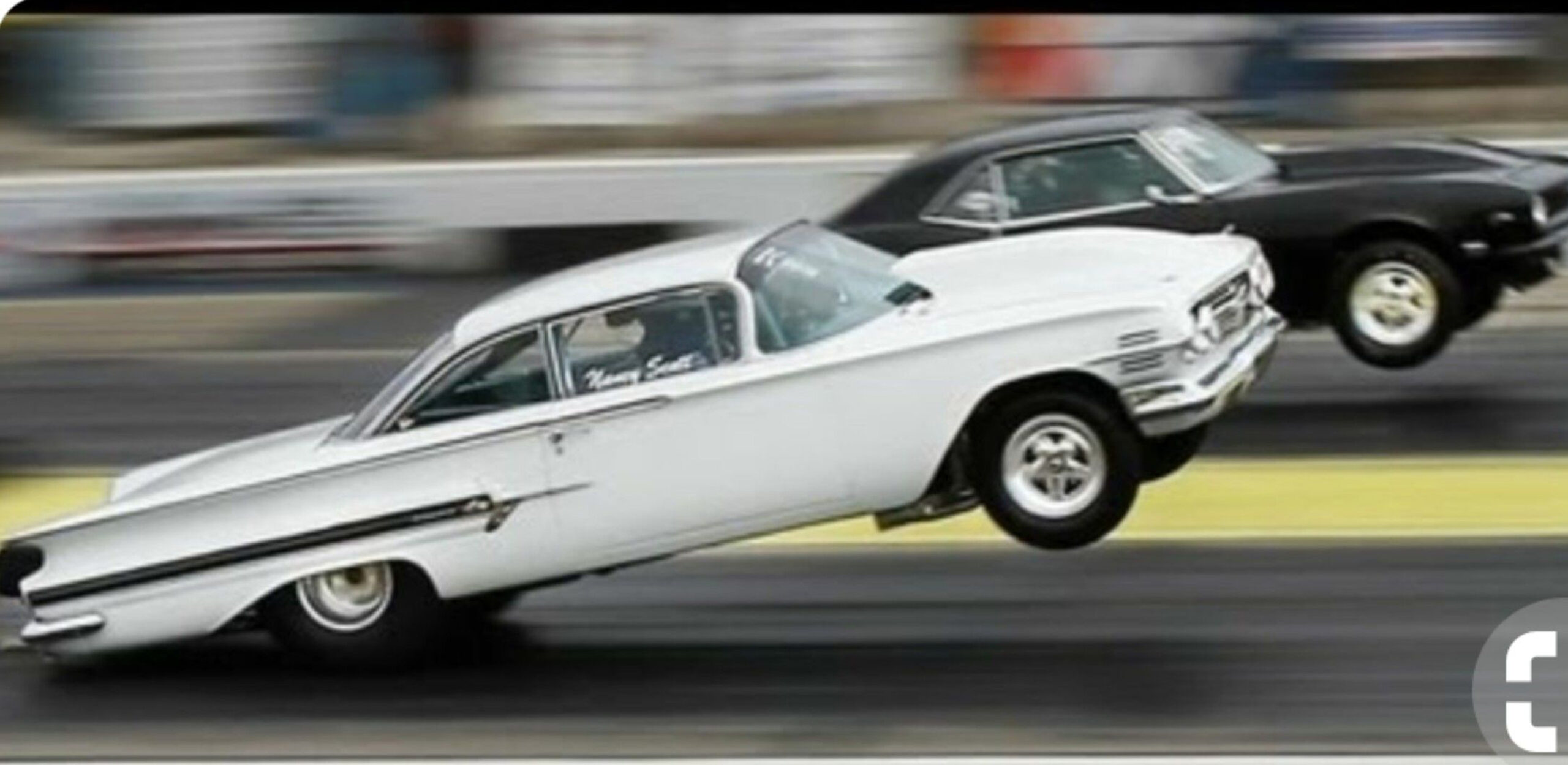
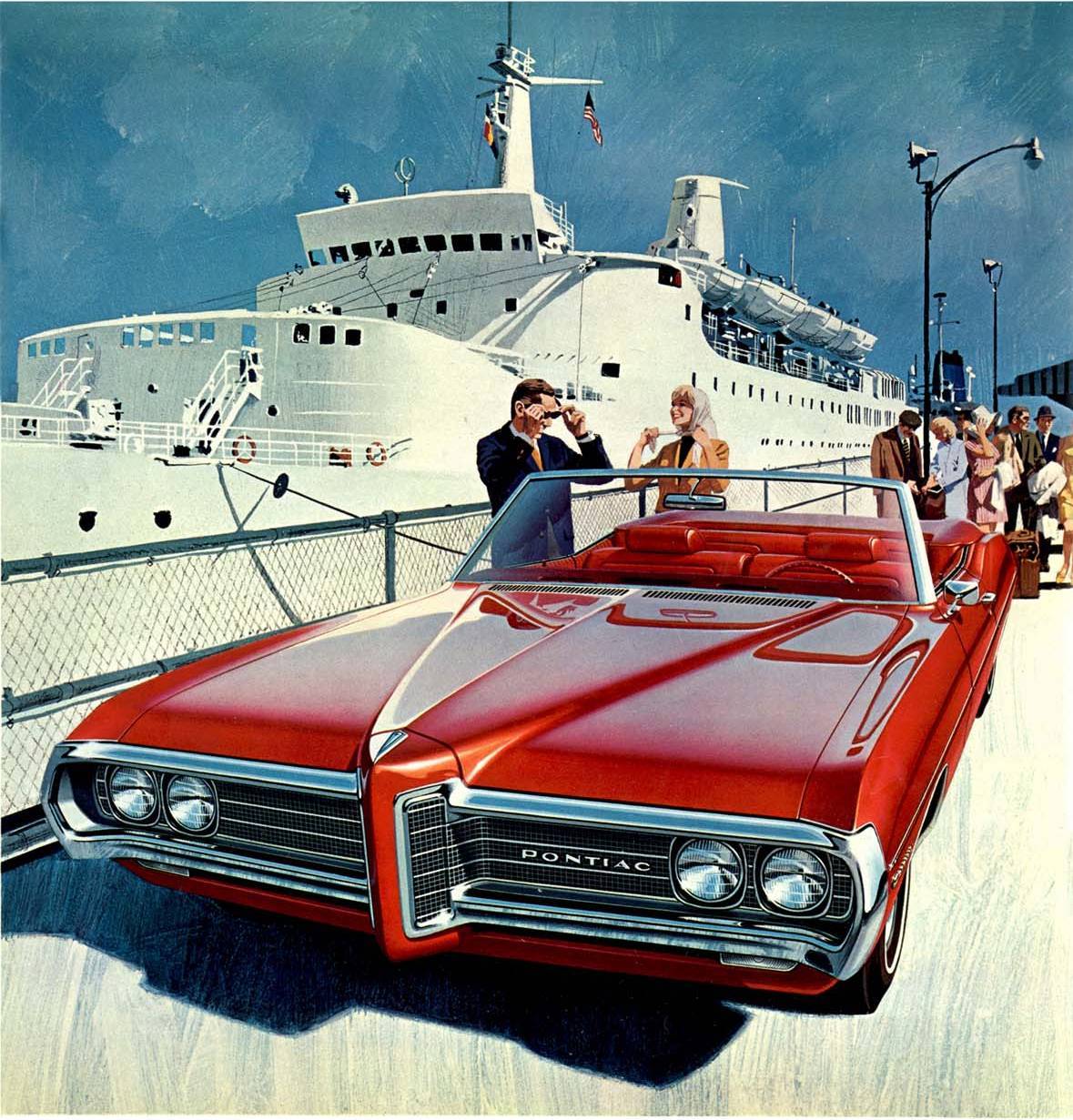
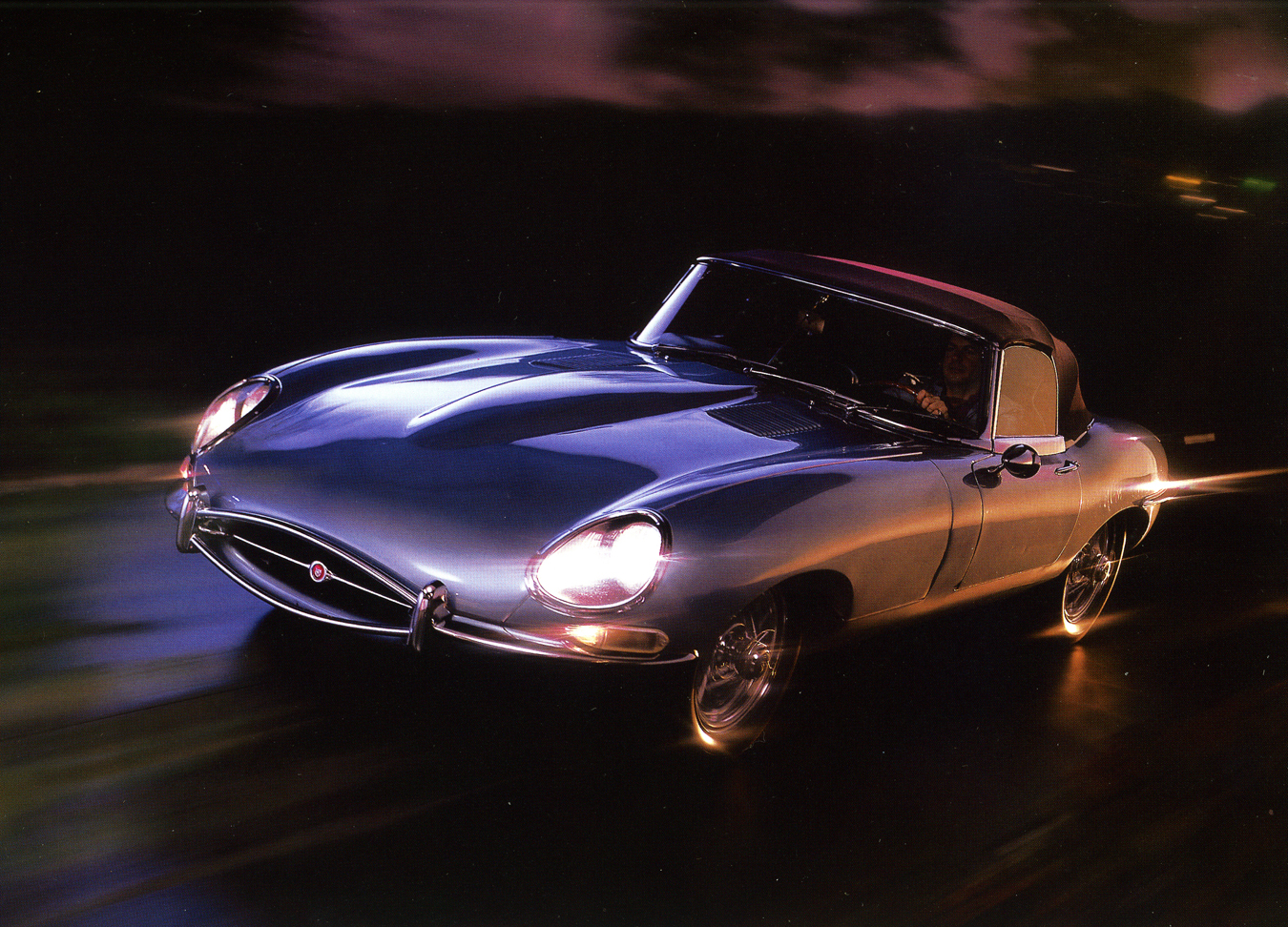

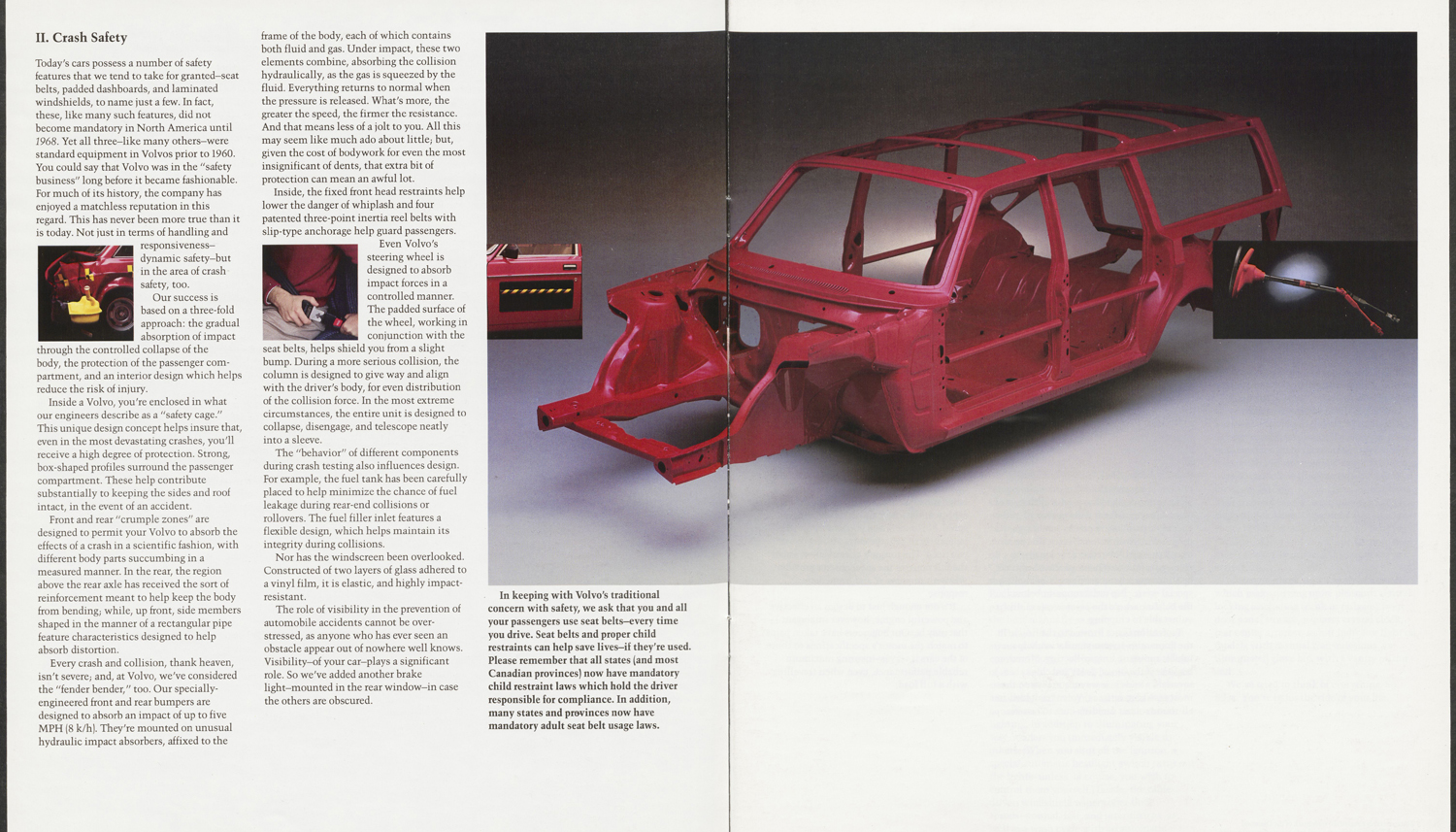




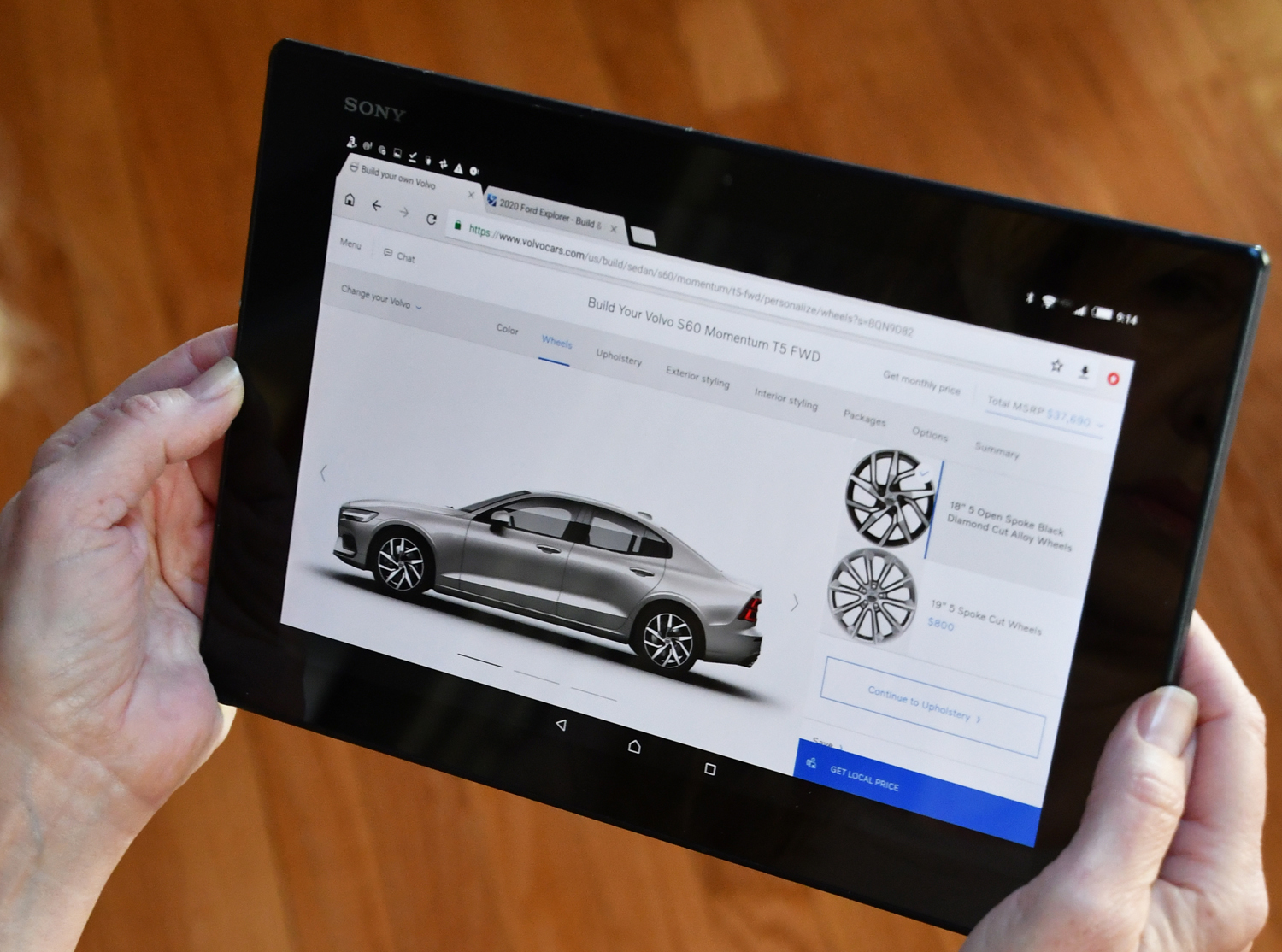


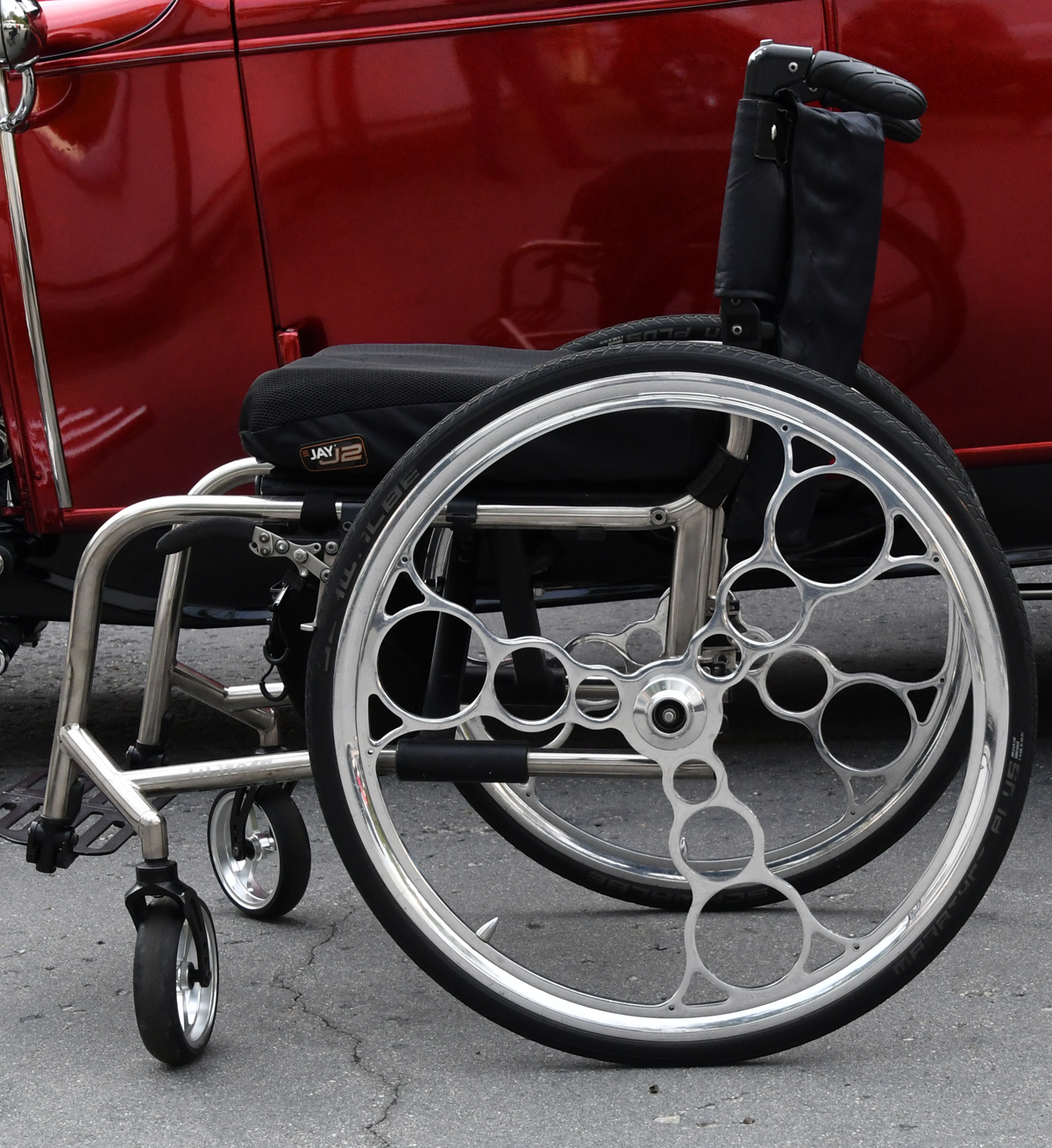
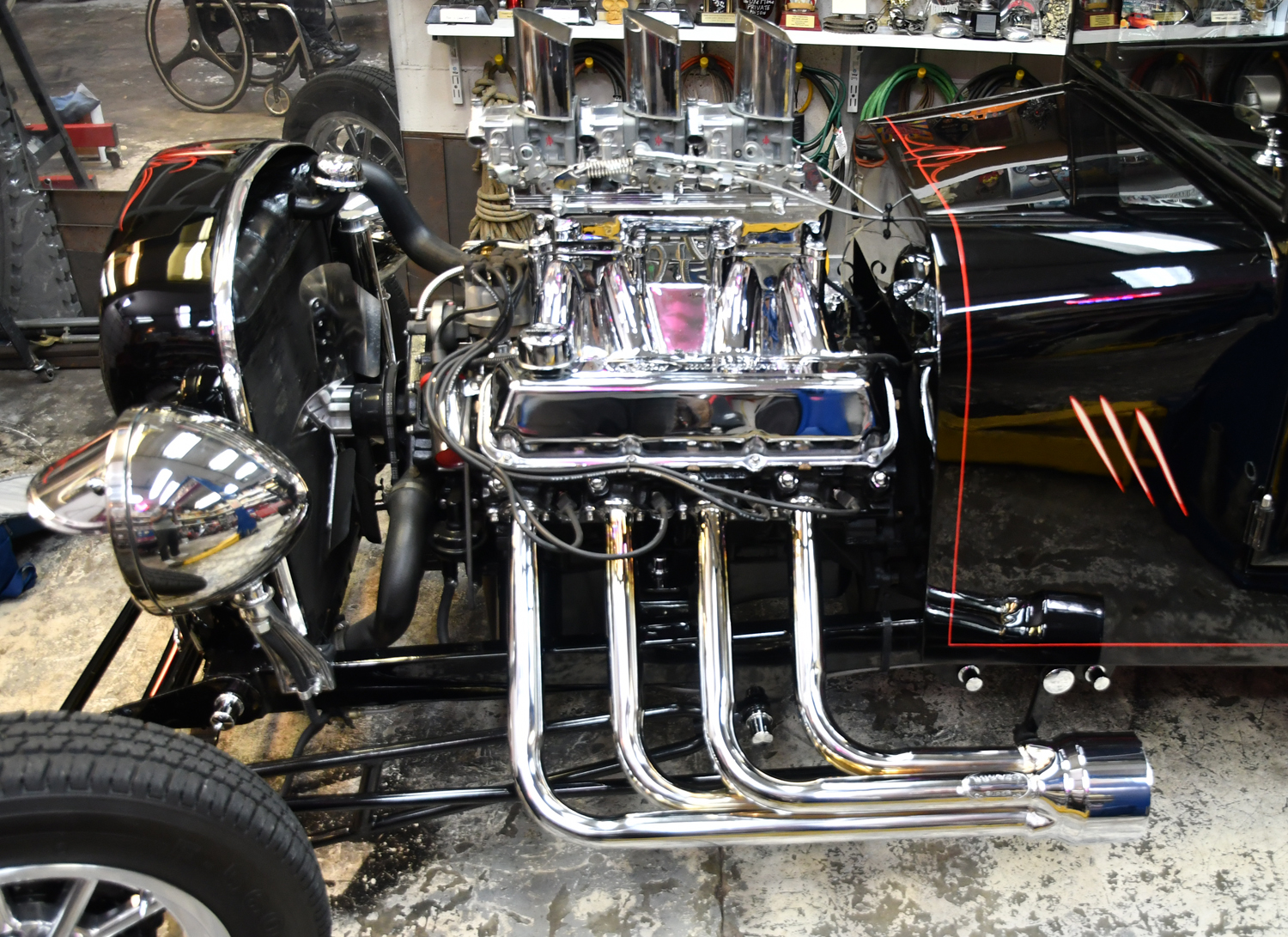 The big block 460 cu. in. V8 that came with the truck had side pipes. “Rory says, “I chopped them off because I couldn’t get in and out of the truck with my wheelchair.” Historically Rory always liked the gasser look with headers sporting a big bell on the end. Why not on the C-Cab he thought. He had the stripped down pipes, the flanges and the bell. Rory says, “It took me five hours to heat up and bend the contour and complete welding the pipes to the Bell, but it came out perfect. I sent it out for chroming. Once back I put some motorcycle baffles in it. And that was it.”
The big block 460 cu. in. V8 that came with the truck had side pipes. “Rory says, “I chopped them off because I couldn’t get in and out of the truck with my wheelchair.” Historically Rory always liked the gasser look with headers sporting a big bell on the end. Why not on the C-Cab he thought. He had the stripped down pipes, the flanges and the bell. Rory says, “It took me five hours to heat up and bend the contour and complete welding the pipes to the Bell, but it came out perfect. I sent it out for chroming. Once back I put some motorcycle baffles in it. And that was it.”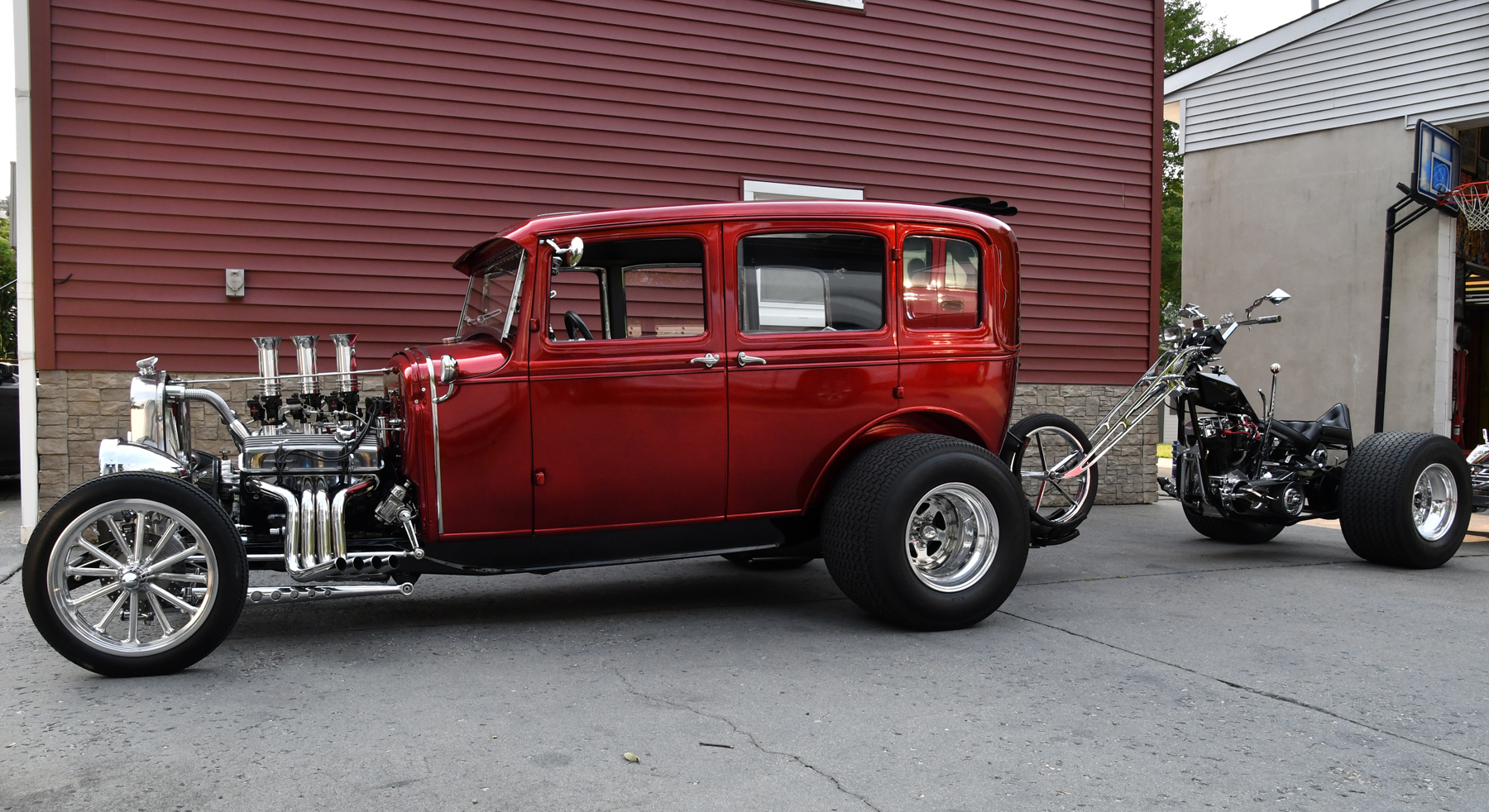
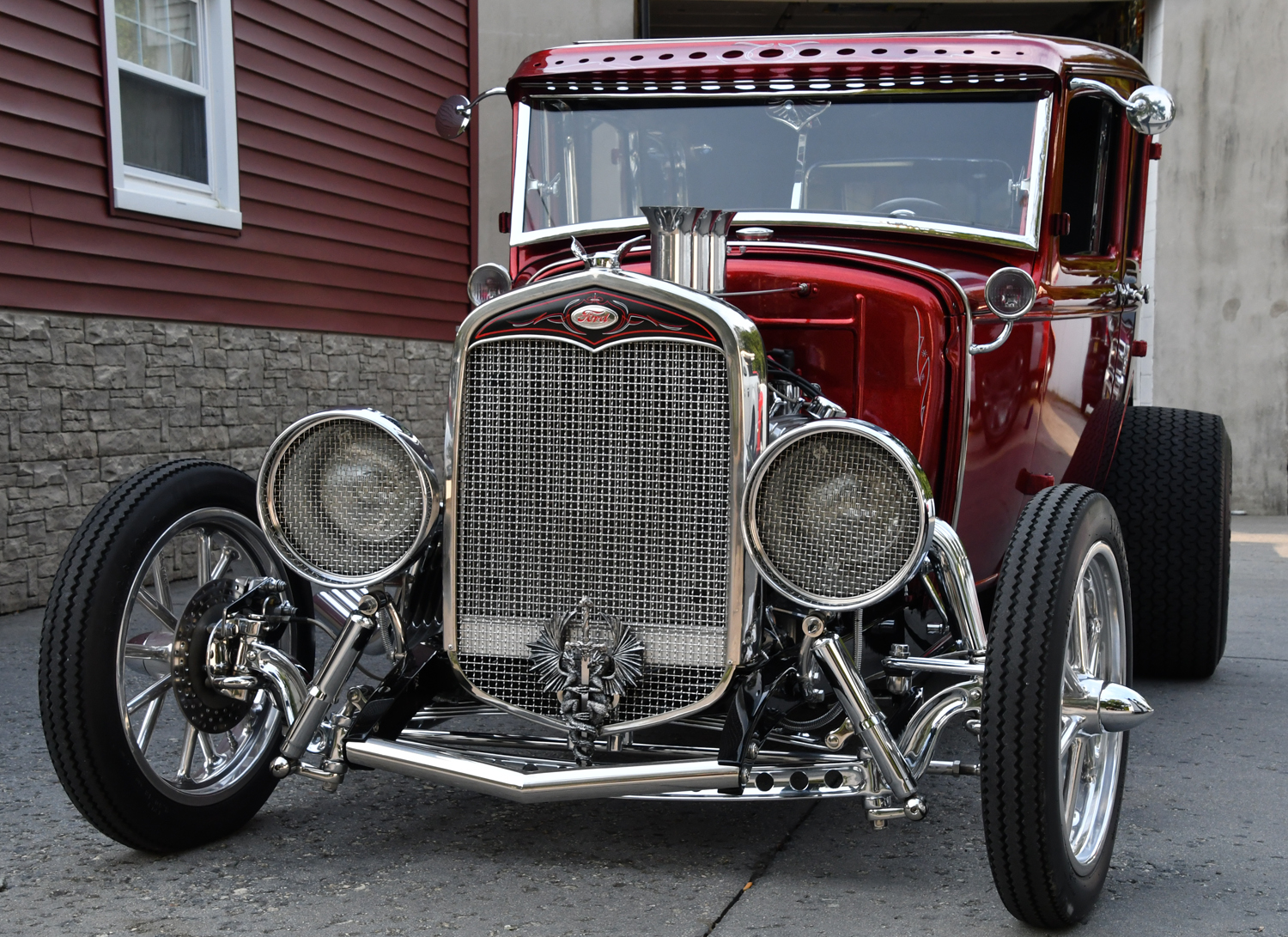


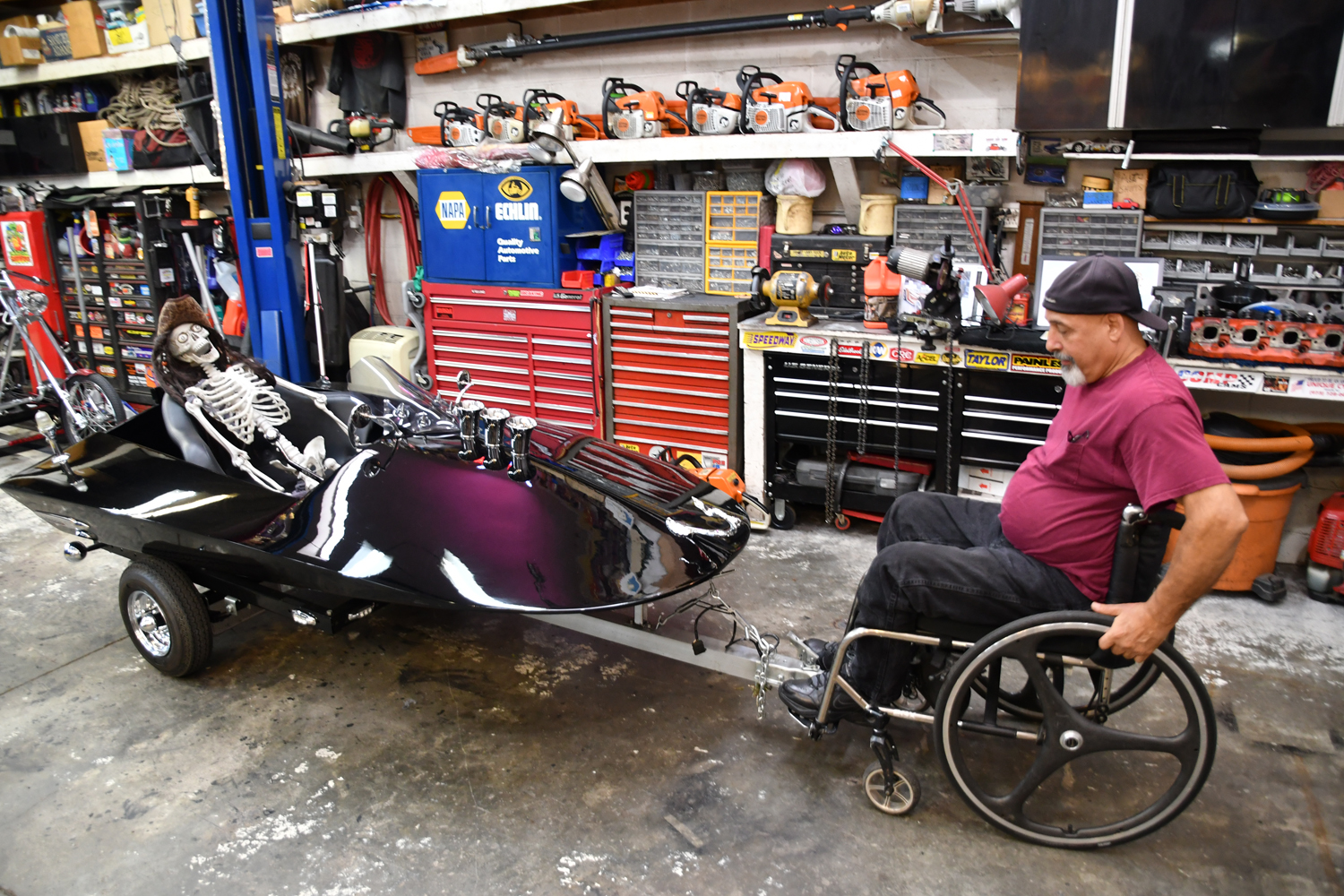
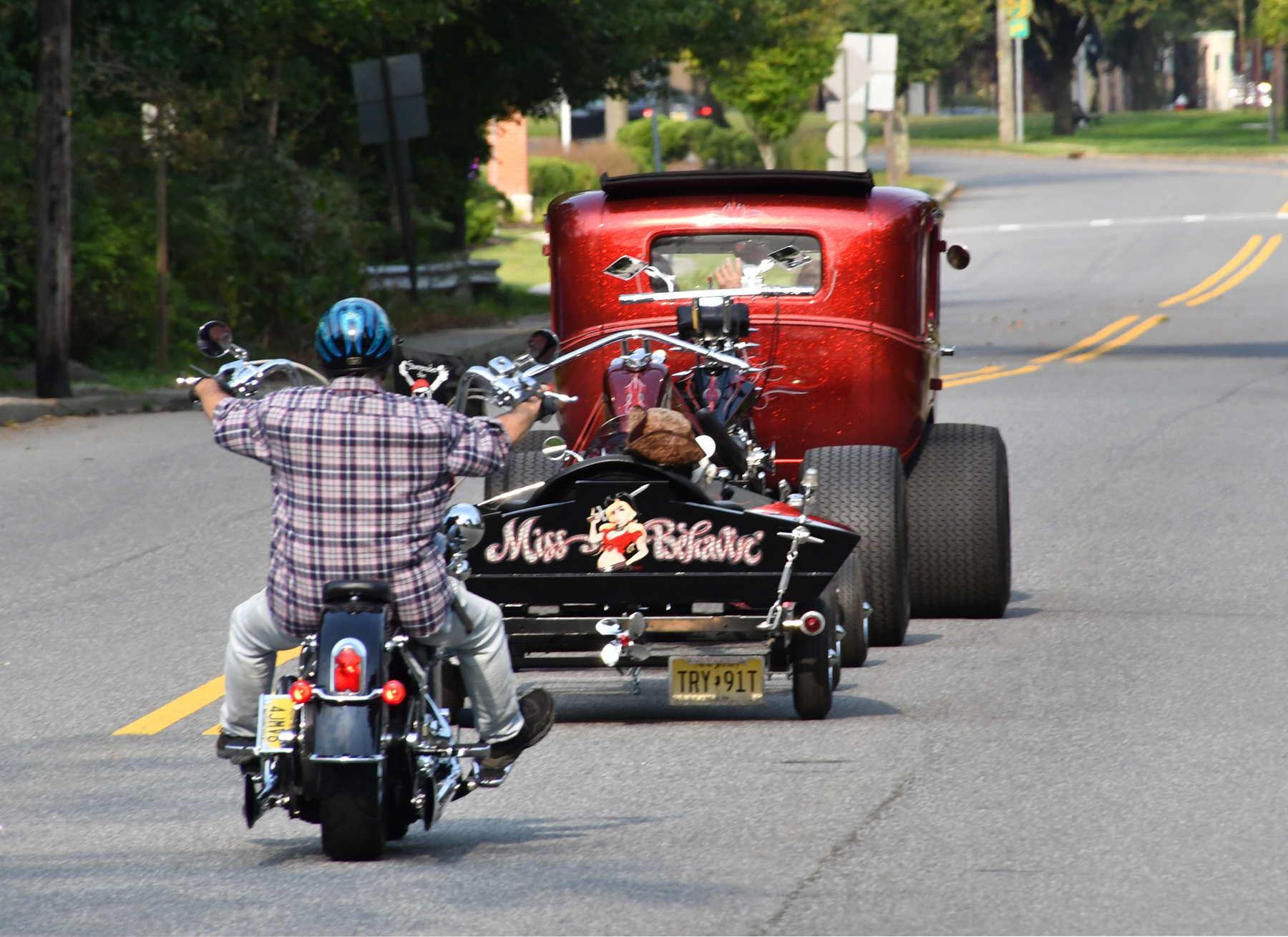
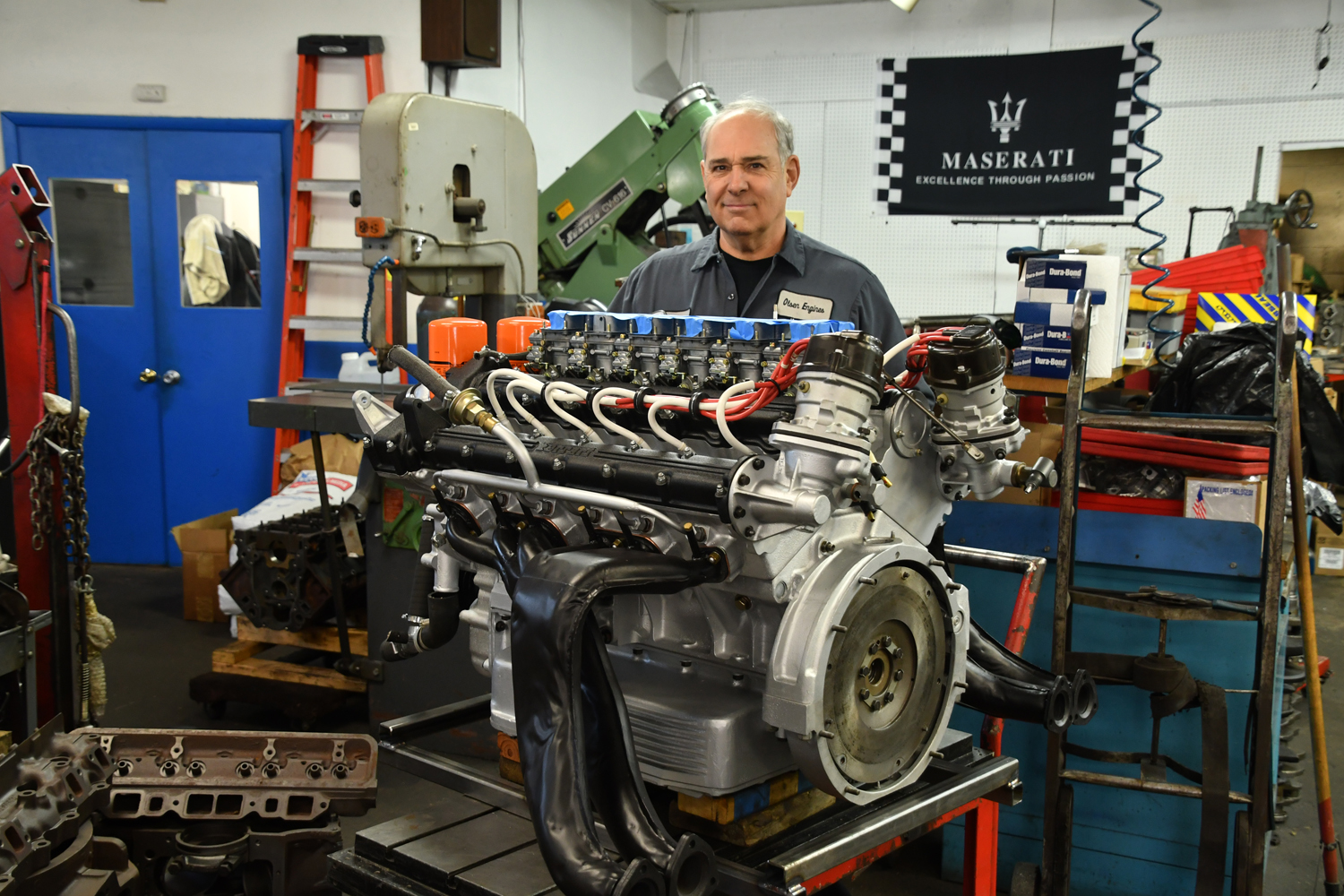

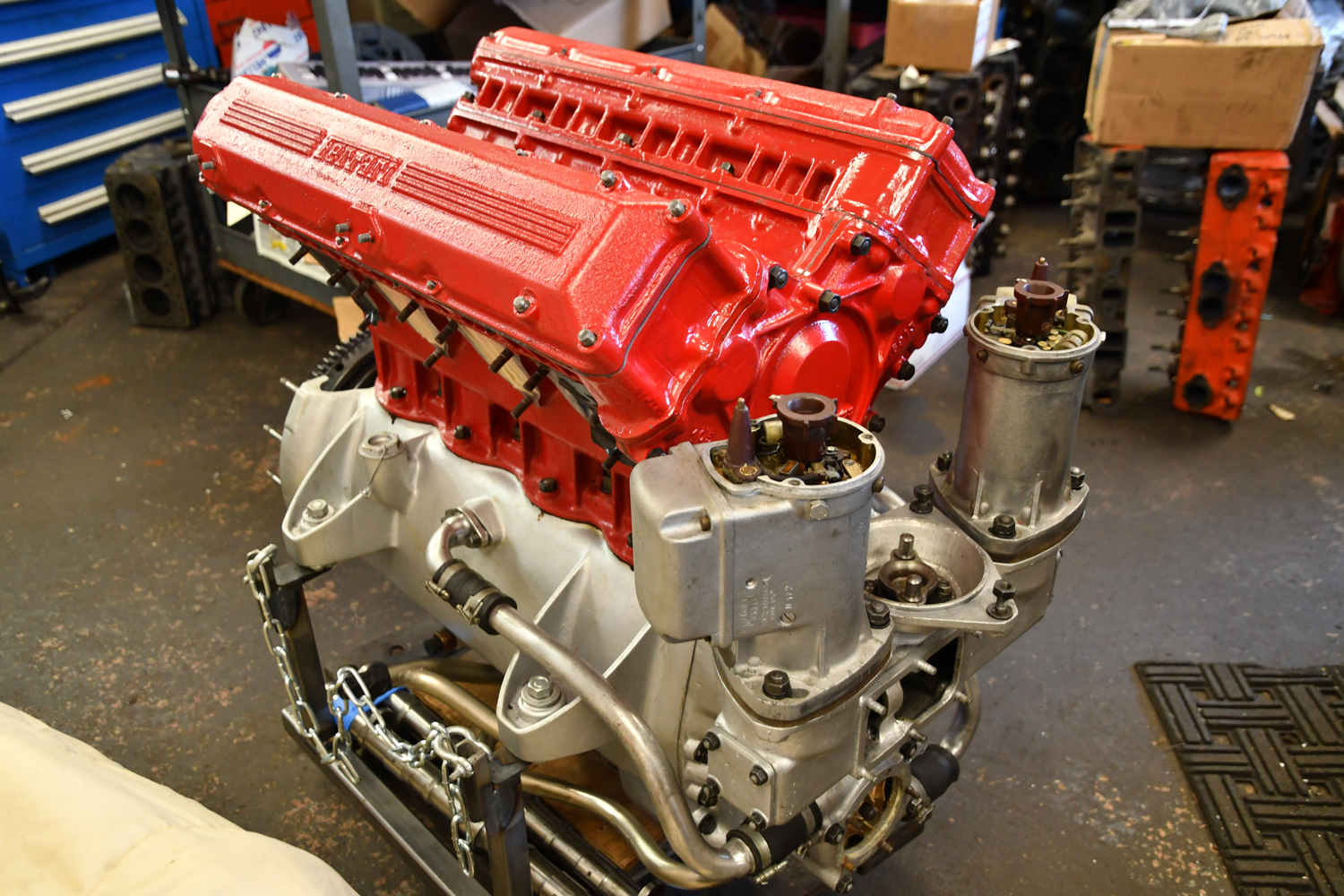
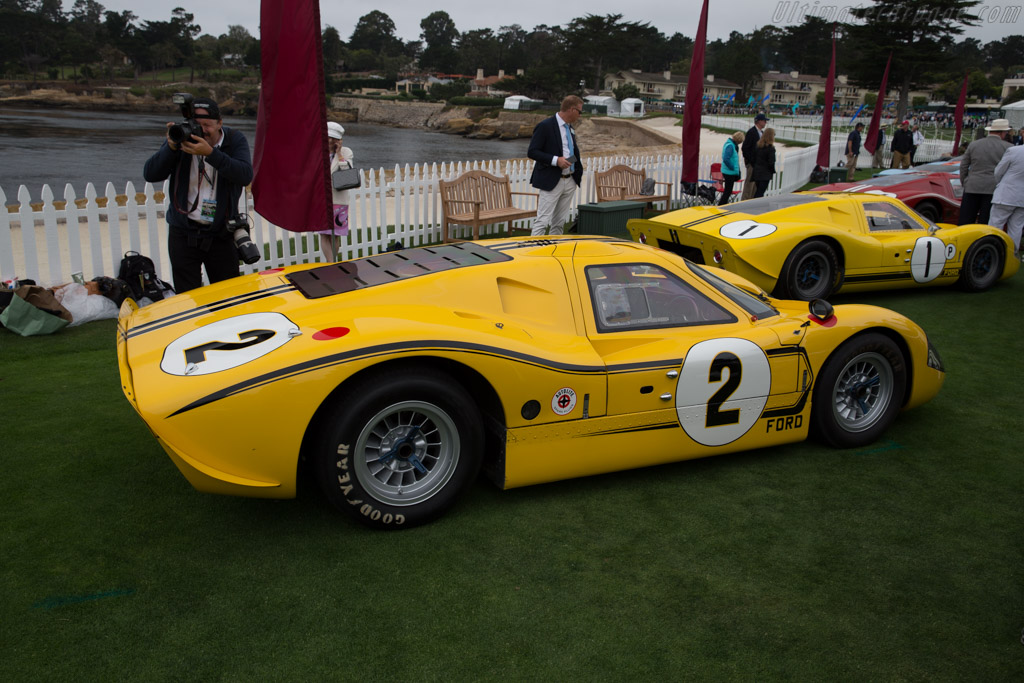
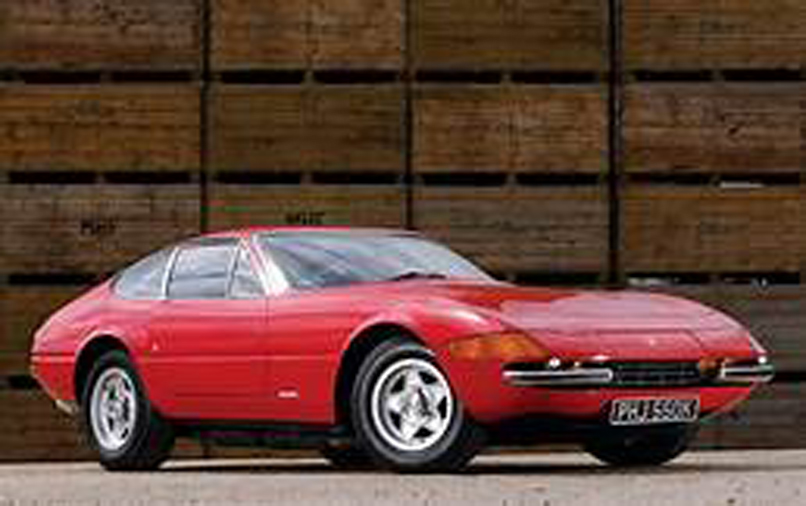
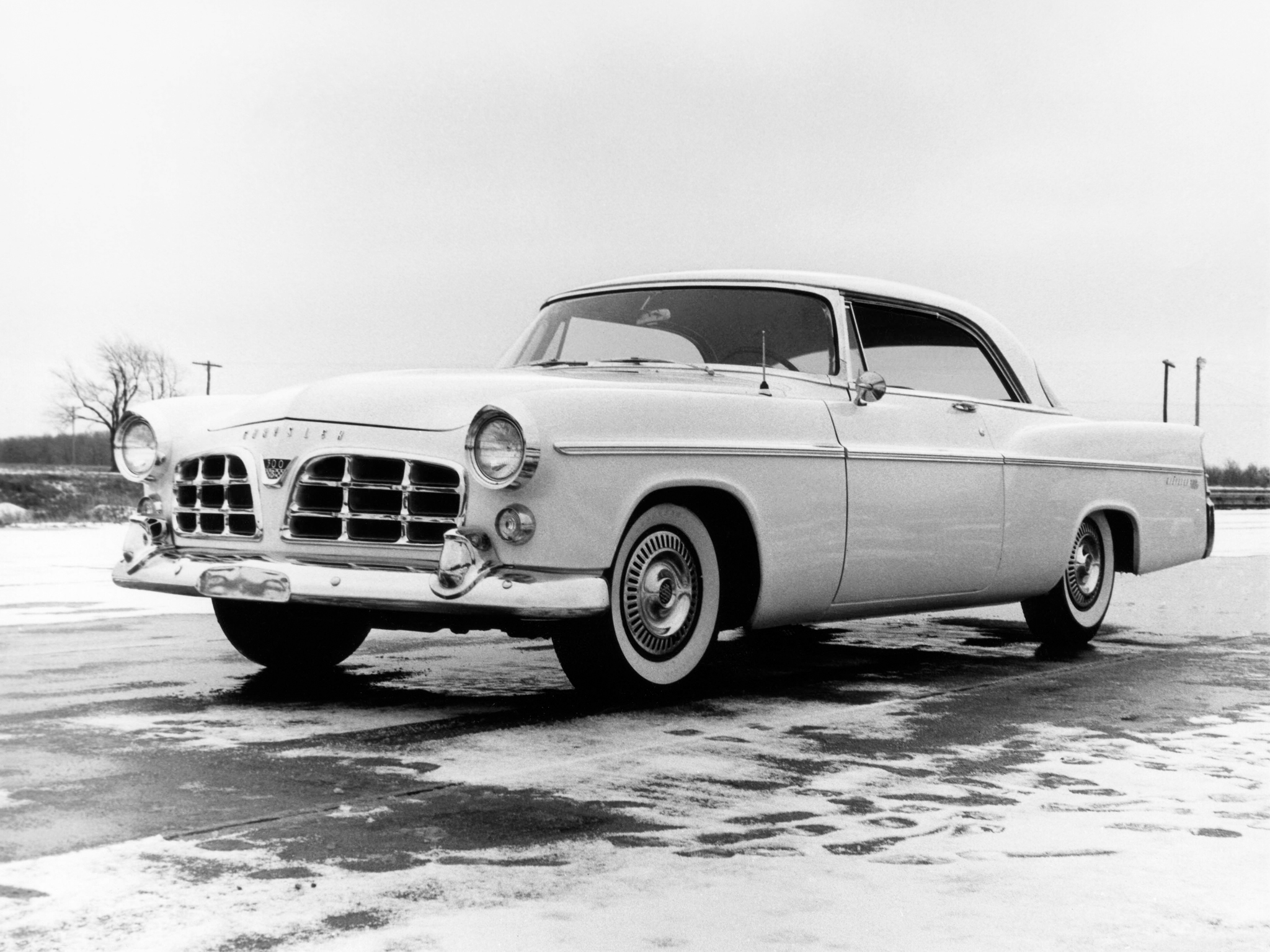
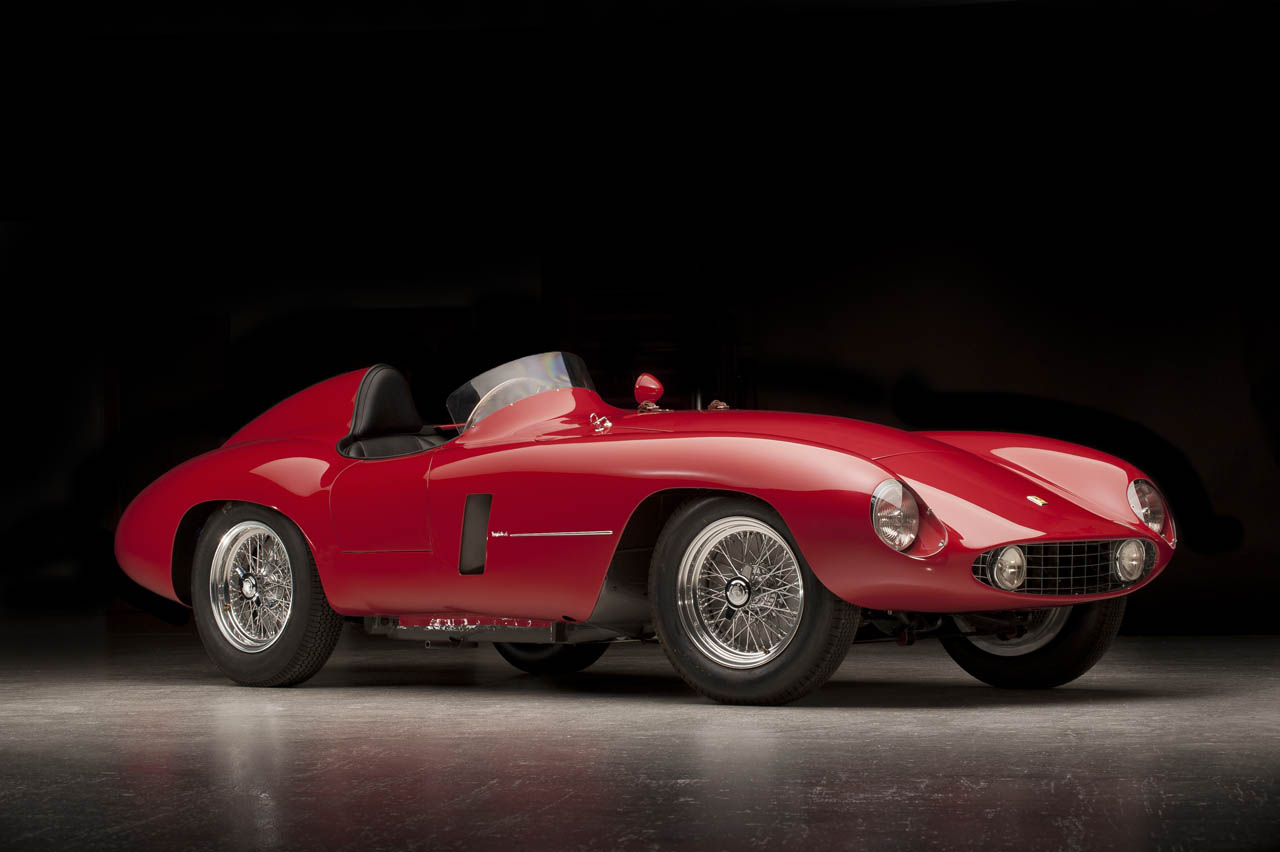


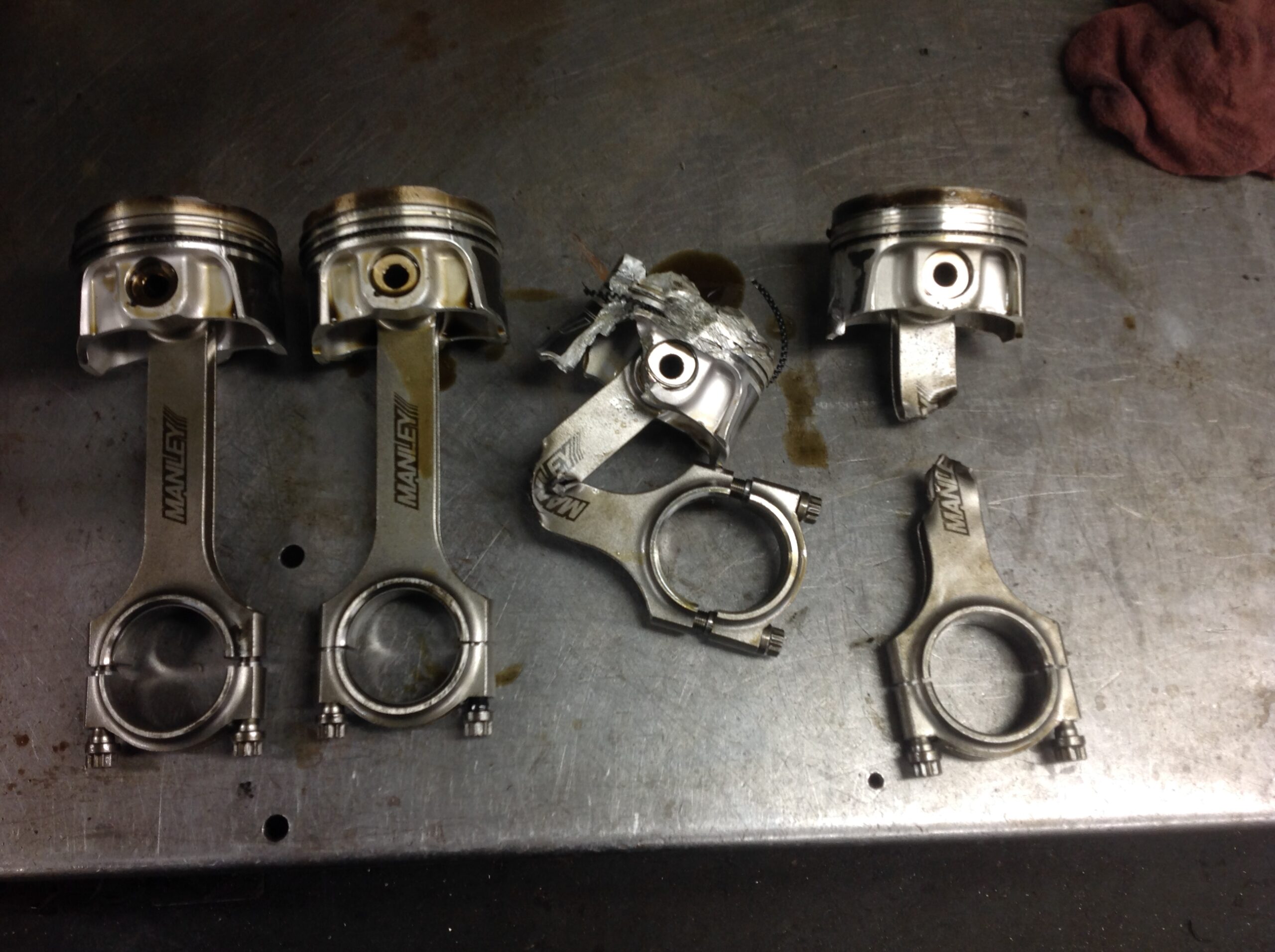
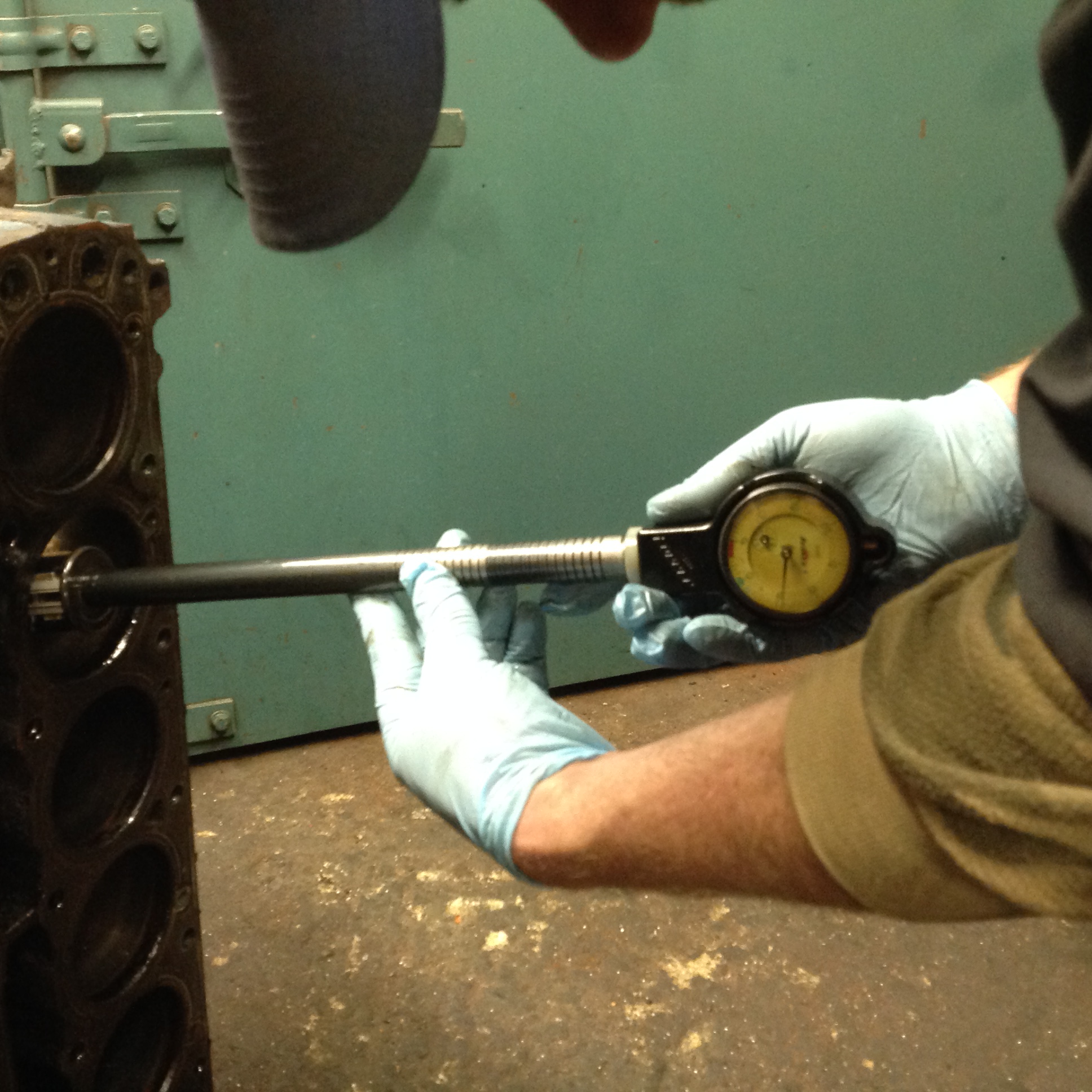 In discussing engine rebuilding for 21st century modern engines Charlie says, He does not recommend rebuilding an engine for a stock production vehicle. He recommends simply buying a new engine.” Interestingly Charlie says that OEM production techniques have improved so much that modern engines are close to blueprint quality due to the superior production and inspection technology used today.
In discussing engine rebuilding for 21st century modern engines Charlie says, He does not recommend rebuilding an engine for a stock production vehicle. He recommends simply buying a new engine.” Interestingly Charlie says that OEM production techniques have improved so much that modern engines are close to blueprint quality due to the superior production and inspection technology used today.

 Here comes a Ferrari La Ferrari. There goes a Lamborghini Countach. Step aside for the Chaparral race car. Make room for the Bentley Continental Coupe. Make way for the BoCar. As an amazing array of predominantly iconic German, Italian, English and American rolling artwork begin to populate the lush green hillside, I had the chance to ask Borteck about his unique event.
Here comes a Ferrari La Ferrari. There goes a Lamborghini Countach. Step aside for the Chaparral race car. Make room for the Bentley Continental Coupe. Make way for the BoCar. As an amazing array of predominantly iconic German, Italian, English and American rolling artwork begin to populate the lush green hillside, I had the chance to ask Borteck about his unique event. and guests. Much like one artist discussing his work with others. He says, “I strive for the event to be both a learning experience for viewers and a teaching experience for the dedicated owners. Here, people can share with each other without crowds or craziness.”
and guests. Much like one artist discussing his work with others. He says, “I strive for the event to be both a learning experience for viewers and a teaching experience for the dedicated owners. Here, people can share with each other without crowds or craziness.”

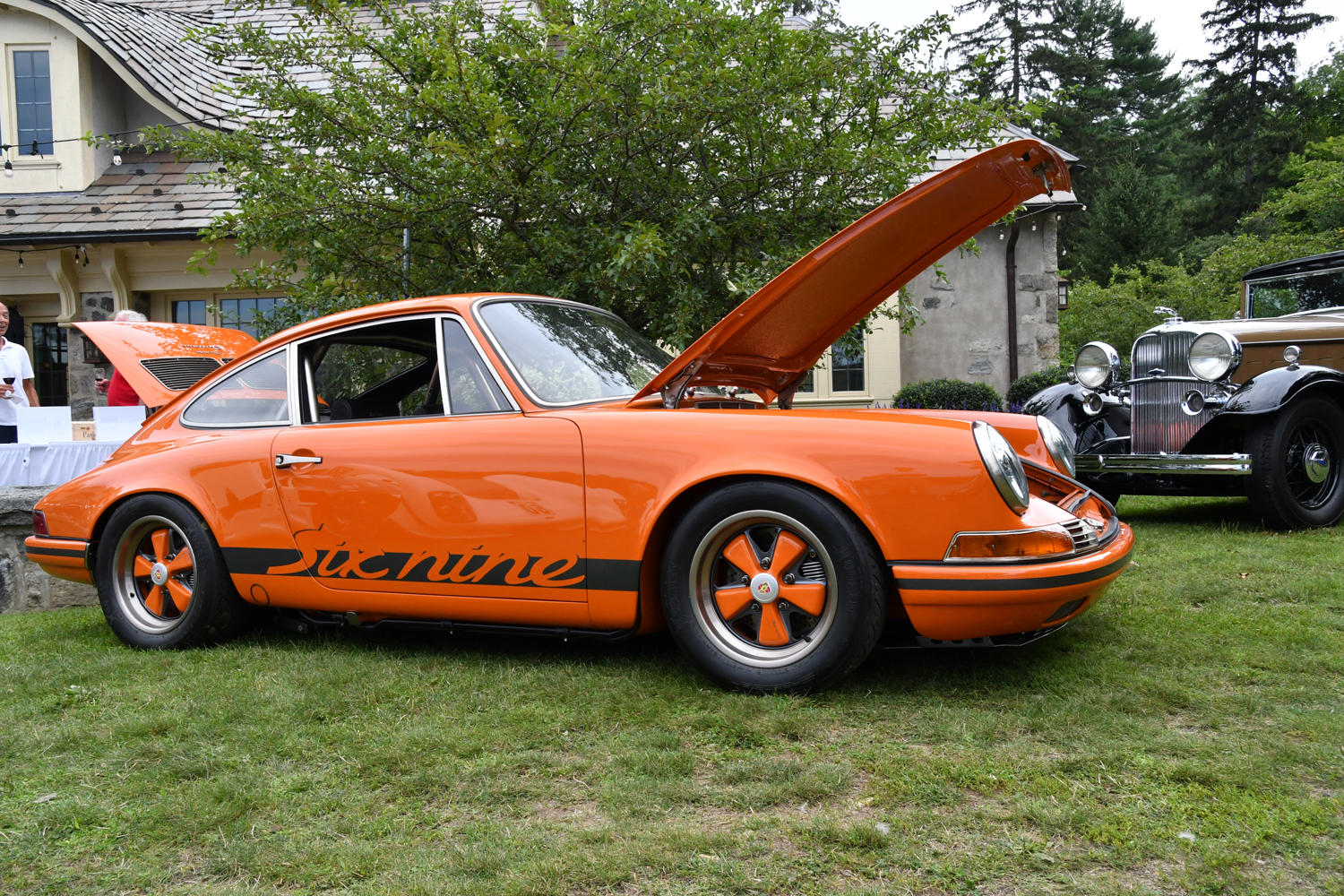
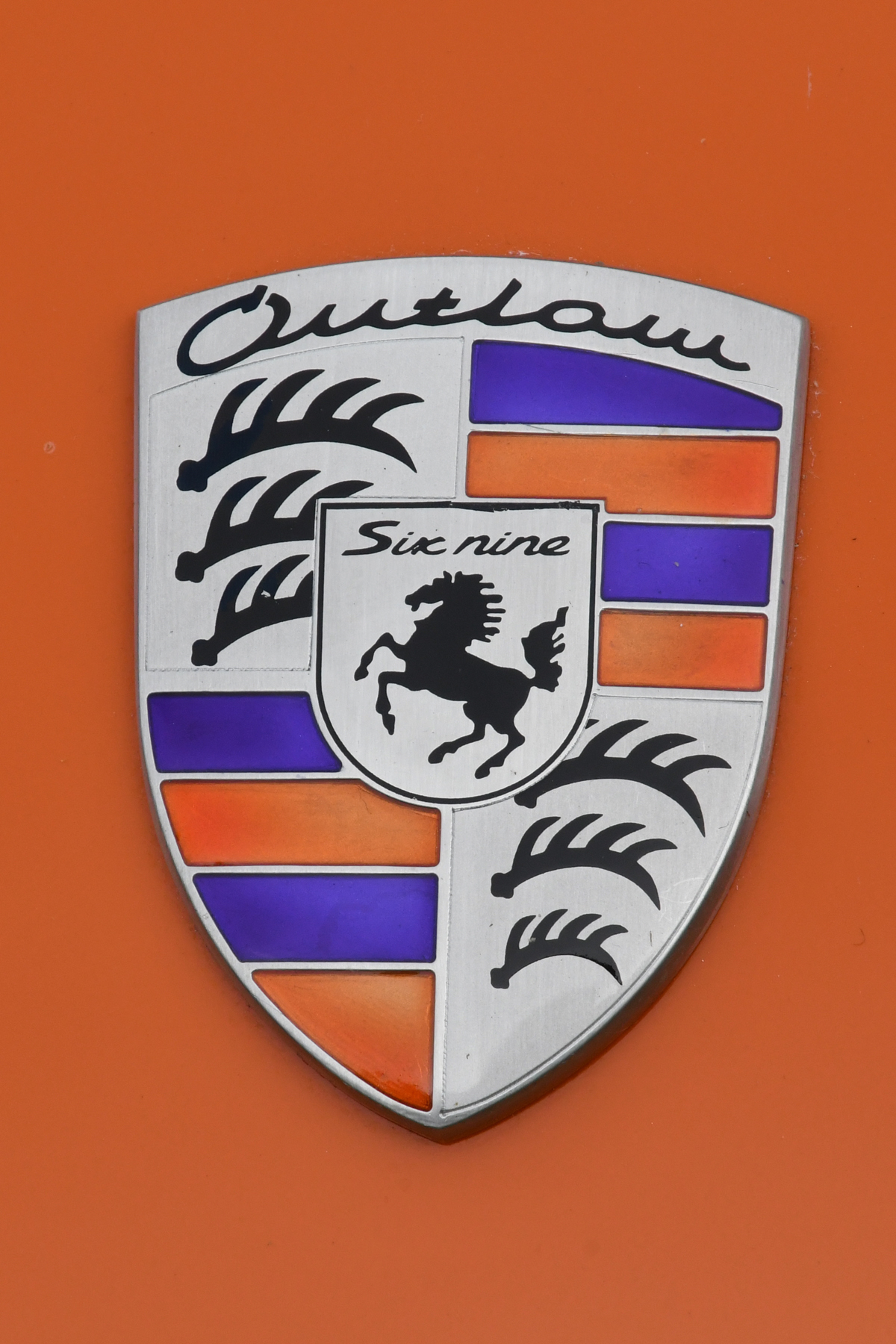
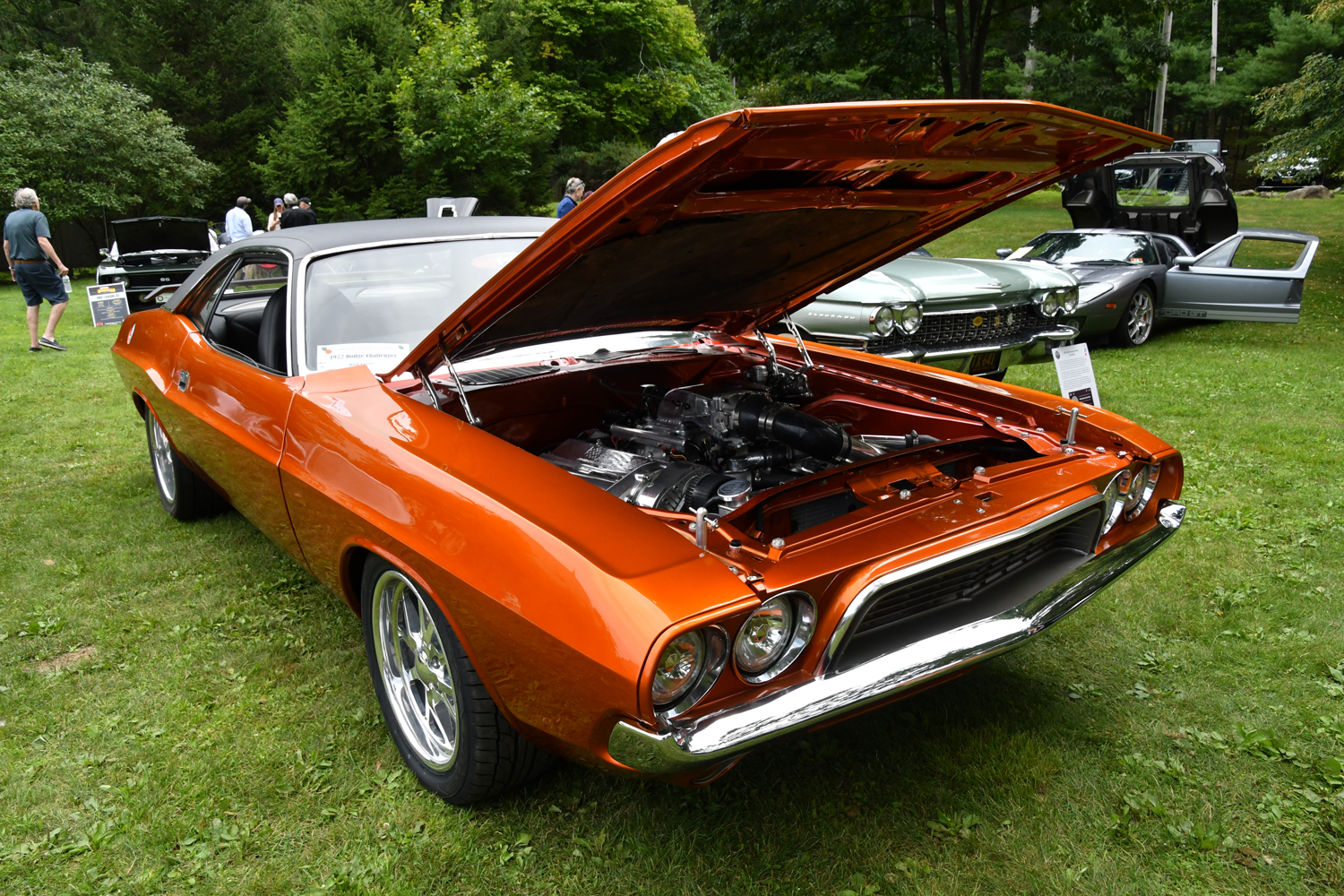


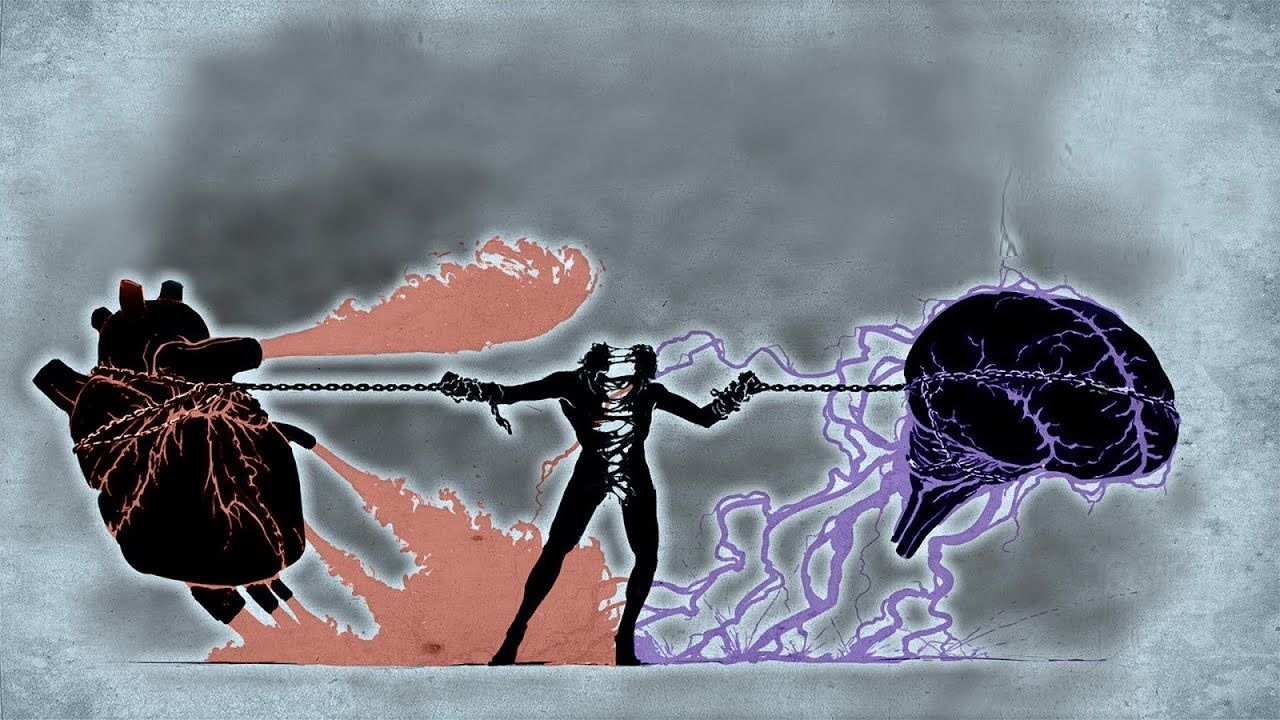

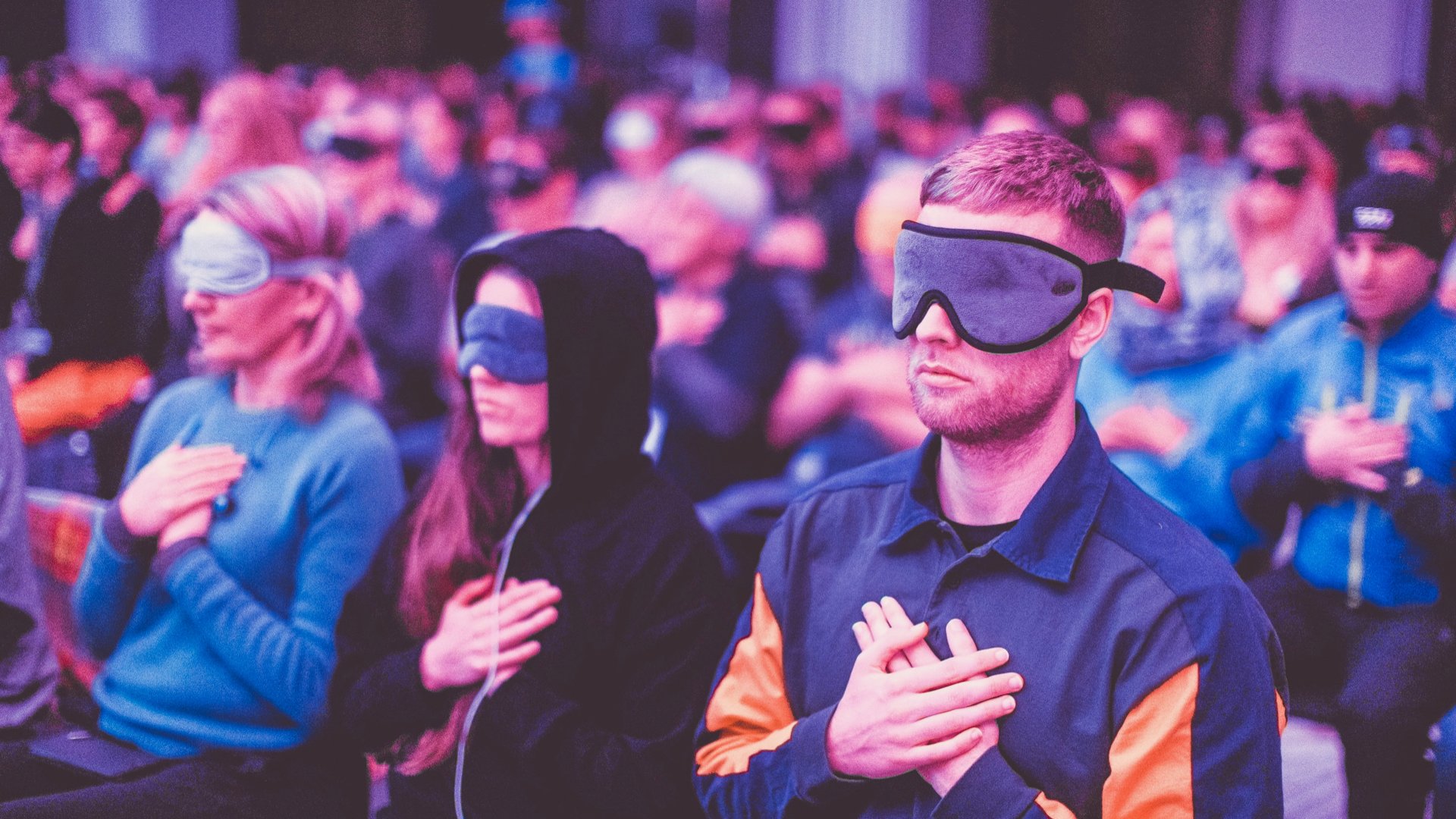
 reality as a subject of cause and effect. It is all about waiting for something outside of us to change how we feel inside of us.
reality as a subject of cause and effect. It is all about waiting for something outside of us to change how we feel inside of us. his high state of consciousness the individual will have aligned his or her thoughts with the one frequency among the infinite possible outcomes in the quantum field that matches the future the person desires. When the person returns to the 3D state in which we live they will experience life as if they have already achieved their goal. They do not experience a life of lack. SKEPTICS ALERT! I Get it.
his high state of consciousness the individual will have aligned his or her thoughts with the one frequency among the infinite possible outcomes in the quantum field that matches the future the person desires. When the person returns to the 3D state in which we live they will experience life as if they have already achieved their goal. They do not experience a life of lack. SKEPTICS ALERT! I Get it.
 So how do we go from, I have this negative emotion. It’s controlling my life. It’s got me in this cycle where I think about the emotion which then triggers a chemical reaction which trains my body to feel that way. This makes it more likely that I will do it again. So, now, I find myself in this unconscious vicious cycle.
So how do we go from, I have this negative emotion. It’s controlling my life. It’s got me in this cycle where I think about the emotion which then triggers a chemical reaction which trains my body to feel that way. This makes it more likely that I will do it again. So, now, I find myself in this unconscious vicious cycle.
